What To Do If A Horse Steps on Your Foot: Read Before It’s Too Late!!
Sep 10, 2023 | Super Equestrian

Picture this: you're on a beautiful trail ride, the sun is shining, and the sound of hoofbeats is soothing. Suddenly, before you know it, you feel a sharp pain in your foot - a horse has stepped on it!
While it's not the scenario you hoped for, it's always better to be prepared for the unexpected. However, don't let this put you off spending time with these majestic creatures! In this situation, knowing what to do can make all the difference.
Well, there are some necessary steps you can take after experiencing an incident involving a horse stepping on you, such as assessing the situation, applying first aid immediately, and seeking medical attention if needed.
knowing what to do can prevent further injury and discomfort. You can properly handle the situation and reduce its effects by remaining calm and taking the essential steps. In this guide, we'll explore what to do if a horse steps on your foot and some tips to prevent it from happening in the first place.
So, tighten your stirrups and let's canter through the steps you need to take in case a horse missteps and steps on your foot.
Assess the Situation: Check your foot after a horse has stepped on it
When you are around horses, it is possible that they might accidentally step on your foot. This can happen if you are standing too close to the horse, or if the horse is spooked or agitated.
While it’s not a common occurrence, it is important to know what to do in case it does happen. Here are some simple and easy steps you can take to assess the situation after an incident:
- Stay calm and avoid sudden movements: When coping with a horse-related injury, such as a stepped-on foot, being cool and avoiding quick movements is very vital. If a horse does step on your foot, it's natural to feel panicked or overwhelmed, but taking a deep breath and remaining calm can help you assess the situation more effectively.
Keep in mind that remaining calm and cool-headed can help prevent more injury and ensure the best possible outcome for both you and the horse.
- Check the severity of the injury: The next and most important step is to check your foot for injuries. Take a moment to calmly evaluate the level of pain and any visible damage to your foot. If you can't put any weight on your foot or it's excessively swollen, get medical help right away.
On the other hand, if the pain is tolerable and there are no visible signs of injury, you may monitor your foot for several days to ensure proper healing
- Assess the horse's behavior: Assessing a horse's behavior is an essential skill for anyone who interacts with horses. One situation that requires your attention is when a horse accidentally treads on your foot.
Take a closer look at the horse's behavior. Does it seem agitated or nervous? Is it showing signs of pain or discomfort? You can better understand the horse's mindset and respond accordingly through observing its behavior.
Immediate First Aid: Provide quick treatment after horse steps on foot
Horses are majestic creatures, and being around them can be an exciting experience. However, accidents can happen, and one such instance is having a horse inadvertently step on your foot.
It's important to provide immediate first aid to avoid additional injury. In light of these considerations, here are certain treatments that’ll help relieve pain and prevent infection.
- Remove your foot from under the horse: If a horse steps on your foot, quickly and gently remove your foot from under the horse's hoof to prevent further injury or damage to your foot.
- Clean the wound: Clean the wound as soon as possible to remove dirt and debris that may lead to infection. For example, wash your hand properly, use clean water to rinse the bruise, carefully scrub the area around the wound with gauze pad or clean cloth.
- Apply pressure to stop bleeding: If you have an open wound, apply pressure to help stop the bleeding. Apply continuous pressure on the wound for 10-15 minutes or until bleeding stops.
- Elevate the affected foot: Elevate the affected area above your heart to help reduce blood flow to the wound. Lay down and prop up your foot with a pillow or cushion, elevated for at least 20-30 minutes at a time and avoid standing or putting weight on the affected foot until the swelling has healed.
- Ice the affected area: Another effective treatment is icing the affected area that can help reduce swelling and pain. Apply an ice pack or a bag, wrapped in a towel, to the affected area for 20 minutes at a time. To avoid skin damage, wait 20-30 minutes between icing treatments.
And remember don’t apply ice directly to the wound, it will cause frostbite or other injuries.
- Take pain relievers, if necessary: If you are experiencing pain/affliction, taking pain relievers like ibuprofen or acetaminophen may help you feel better. It's important to follow the instructions on the label and try not take more than the recommended dose.
If the pain persists or the injury is severe, you should seek medical attention from a healthcare professional.
Seeking Medical Attention: Get professional help after the horse stepping incidents
In some cases, the injury may be minor and you can easily take care of it at home. But in other cases, it's important to seek professional help to ensure that the injury doesn't become more serious.
So, if you find yourself in this situation, here's what you need to know about seeking medical attention after a horse stepping incident.
Determine if medical attention is necessary
It's important to assess the injury and determine whether you need medical attention. It will help you save time and possibly money. If you're not sure whether medical attention is necessary, it's always better to be safe than sorry and consult a doctor or other medical professional. They may be able to help you determine the best course of action and avoid unnecessary visits to the emergency room.
Know the signs of a serious injury
Knowing the signs of a serious injury can help you get the right medical attention and avoid further complications. Some common signs of a serious injury include severe bleeding, deep wounds, fractures, and difficulty moving your foot or walking.
Additionally, keep an eye out for signs of infection, such as redness, warmth, or pus around the wound.
When to go to the emergency room
It is natural to think about when is the perfect time to visit the emergency room. Well, you are unable to put any weight on your foot, your pain is severe or increasing, or you are experiencing numbness or tingling in your foot or toes- these symptoms might indicate a major injury or infection that needs immediate treatment.
What to expect during treatment
If we talk about expectations during treatment that may include basic treatment such as cleaning the wound, applying bandages or a splint, and prescribing pain medication or antibiotics. But in more severe cases, you may require imaging tests such as X-rays to check for fractures or other damage.
If the wound is highly severe, you may require an operation or surgery.
The length and type of treatment will depend on the severity of your injury, but with proper care and attention, most people can recover fully from a horse-stepping incident. That's a relief !!
Preventing Horse-Related Injuries : Tips to stay safe around horses
Accidents can happen in the blink of an eye, and one misstep around a horse can lead to a painful injury.
Whether you're an experienced equestrian or simply in the wrong place at the wrong time, a horse stepping on your foot can be a frightening experience. Instead of going through this traumatic experience, why don't we learn how to avoid it?
Here are few guidelines to keep you safe around horses-
- Approach horses slowly and calmly, and avoid sudden movements around horses, as they can startle easily.
- Always wear appropriate footwear when working around horses such as sturdy, closed-toe shoes with a non-slip sole.
- Never stand directly behind a horse or walk under their neck. Always approach horses from the front where they can see you.
- Be aware of your surroundings and watch out for potential hazards, such as loose objects or unstable footing.
- Use caution and maintain a safe distance when grooming or tacking up a horse as well as never approach or handle horses carelessly and be aware of their behavior.
- Keep an eye on the horse's body language and look for signs of agitation or distress, and give the horse plenty of space.
- Properly train and handle horses to reduce the risk of unpredictable behavior. Seek professional training from an experienced trainer or instructor if you are new to horses or unsure of how to handle them.
Keep in mind, taking safety precautions around horses can go a long way in preventing injuries. By following these simple tips, you can enjoy your time around these magnificent animals while minimizing the risk of accidents.
Furthermore, there are many of you who are often confused whether horse-stepping over foot is an act of kicking or anticipating the attack! Let’s help you out from that baffling situation! If you are concerned about your safety and want to clear your confusion, then these two articles on “Why do horses attack” and “What causes a horse to kick” are a must-read for you.
Final Thoughts
In conclusion, getting stepped on by a horse can be a painful experience, but with the right preparation and quick thinking, you can minimize the damage and prevent further injury. By following the steps we've discussed, you can be sure to keep yourself safe and healthy, and enjoy your time with horses with confidence and peace of mind.
There is an old saying “An ounce of prevention is worth a pound of cure.” So, remember, prevention is always the best approach, but when accidents do happen, staying calm and taking swift action can make all the difference.
We'd love to hear your stories and tips for dealing with this common equestrian mishap! Please, feel free to share your insights and experiences with us in the comments below.
Recent Blogs
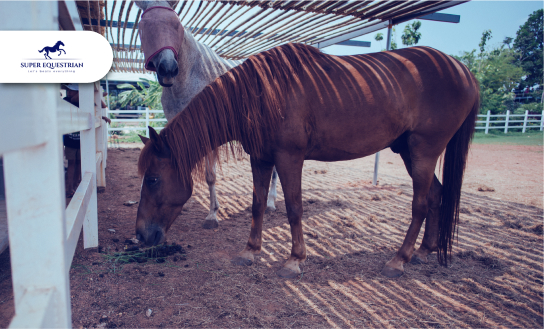
Common Equine Diseases and How ...
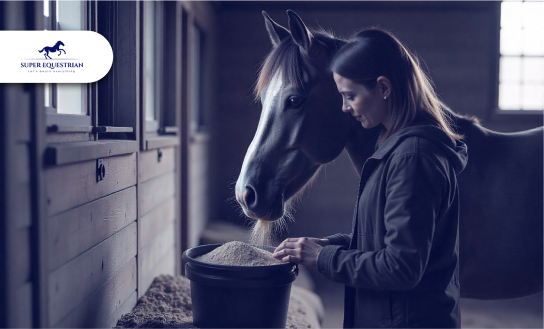
Equine Health Supplements: What Every ...
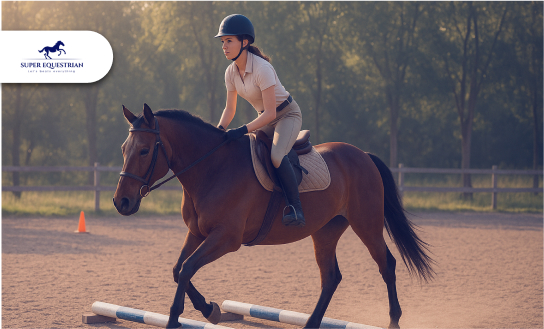
Jumping Basics: How to Prepare ...
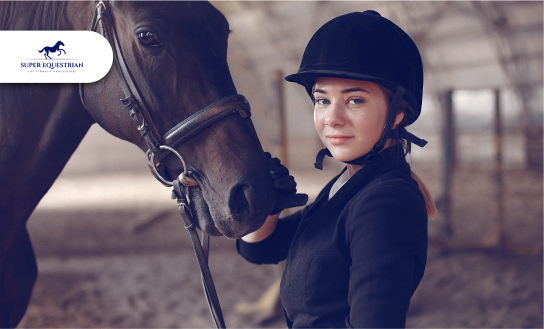
Essential Horse Riding Gear for ...
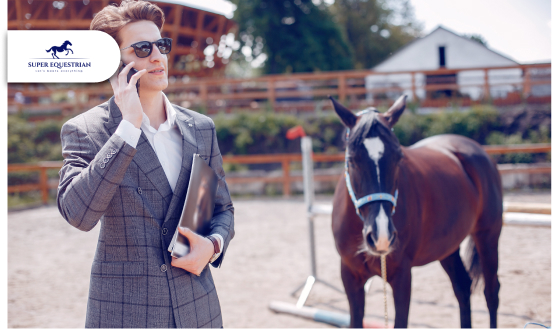
How to Balance Work, Life, ...

How to Balance Work, Life, ...
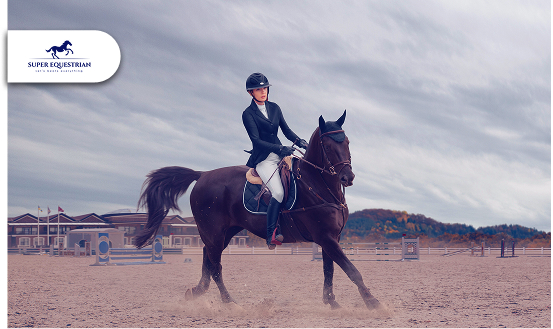
Top 5 Exercises to Improve ...
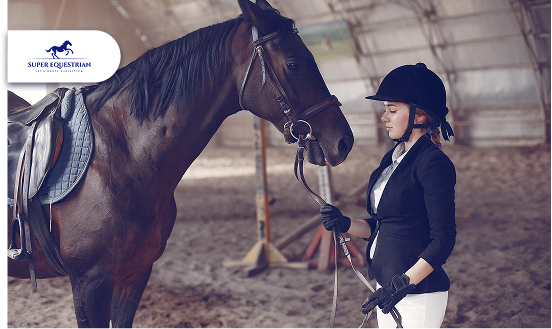
How to Build Confidence as ...
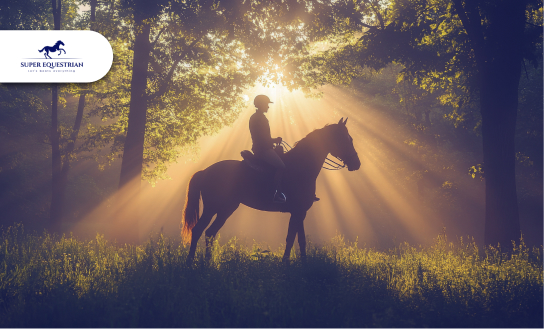
Spotlight on Equestrian Legends: Riders ...

Horse Auctions and Sales...

Top Horse Friendly Travel Destinations ...

How to Build Stronger Bonds ...

Upcoming Horse Shows and Competitions ...
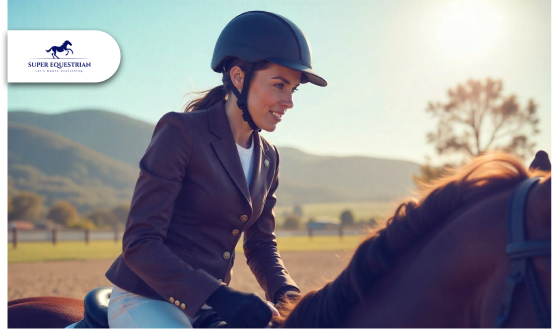
MIPS Equestrian Helmet The Future ...
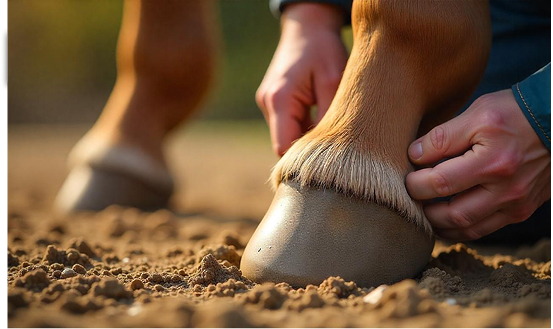
How to Recognize and Treat ...
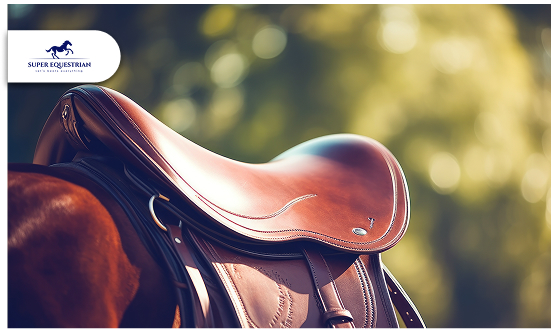
How to Choose the Perfect ...
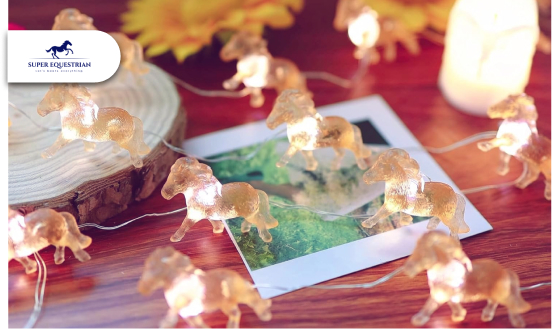
Horse-Themed Gifts Unique Ideas ...
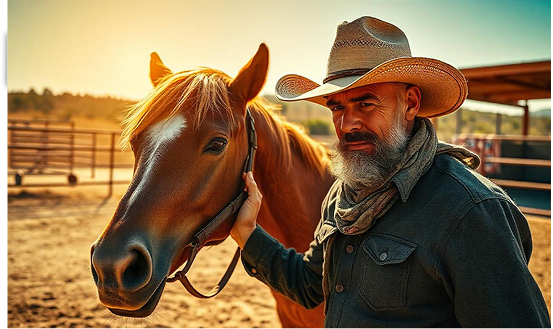
Horse Training Techniques: Creating A ...
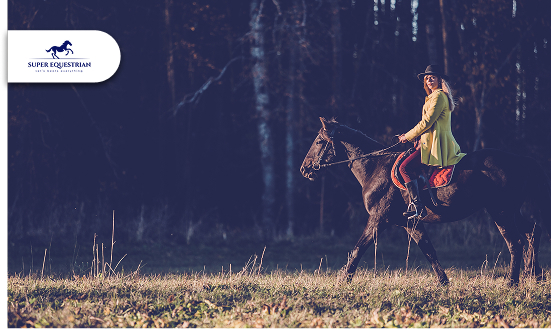
Horseback Riding Lessons – Everything You ...
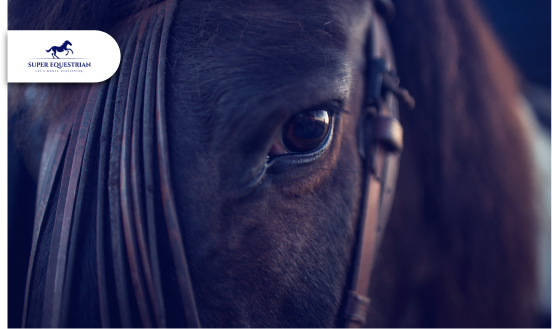
Horse Photography Tips: Learn the ...
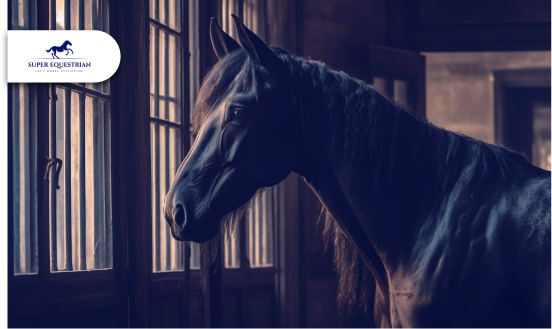
Horse Stable Management: The Quiet ...
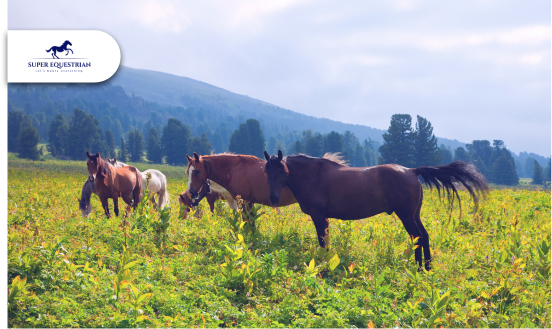
Horse Rescue Organizations: A Profound ...
Horse Racing Events A Look ...
Best Horse Manure Fork Six ...
What Are The Rarest Horses ...
What Does It Mean When ...
Horse Insurance Providers This Is ...

Horse Behaviour and Psychology: Learn ...

How Much Does a Horse ...
.jpg)
Best Monoflap Saddles For Your ...
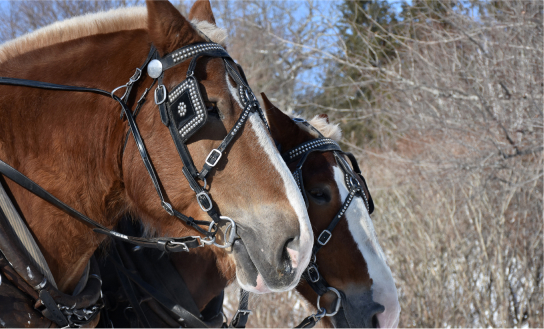
Best Hackamore For Barrel Racing...
.jpg)
Best Barrel Racing Reins Top ...
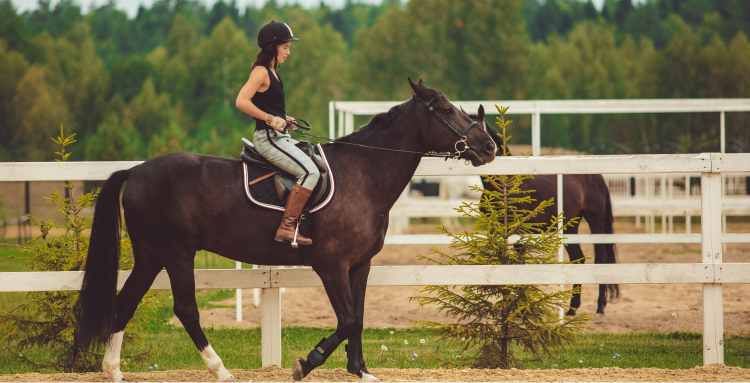
Horse Anatomy And Physiology: Facts ...
.jpg)
Best Stirrups For Ankle Pain - ...
.jpg)
Horse Care Tips and Tricks: ...
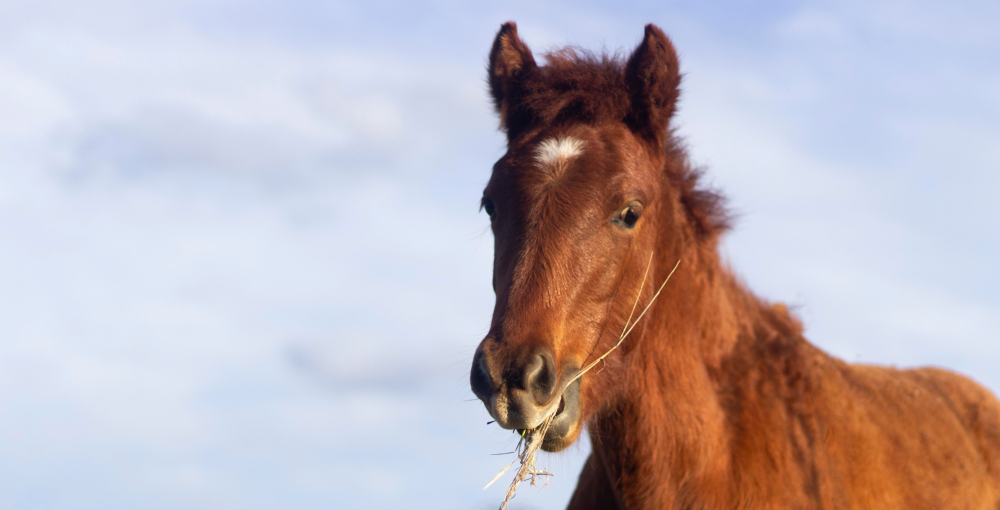
What Do Wild Horses Eat- ...
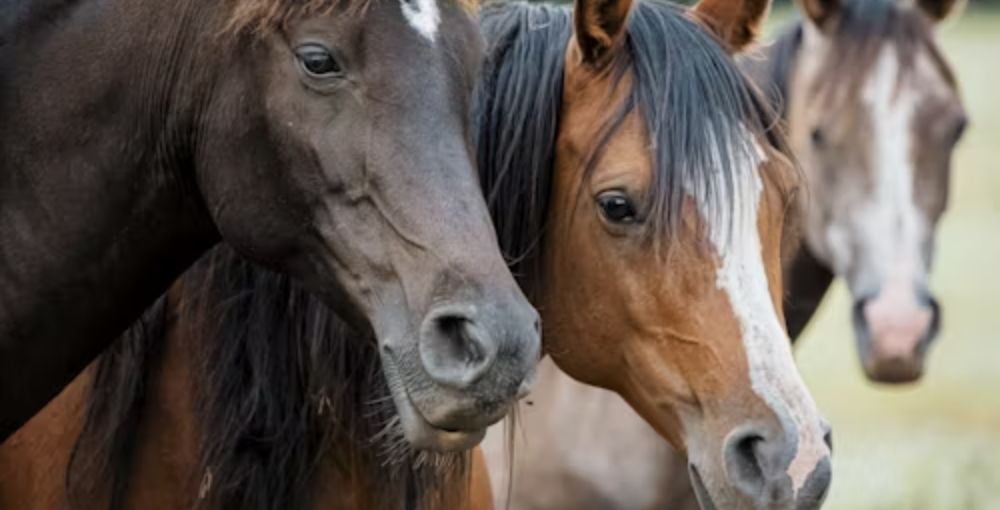
Horse Breeds and Characteristics: How ...
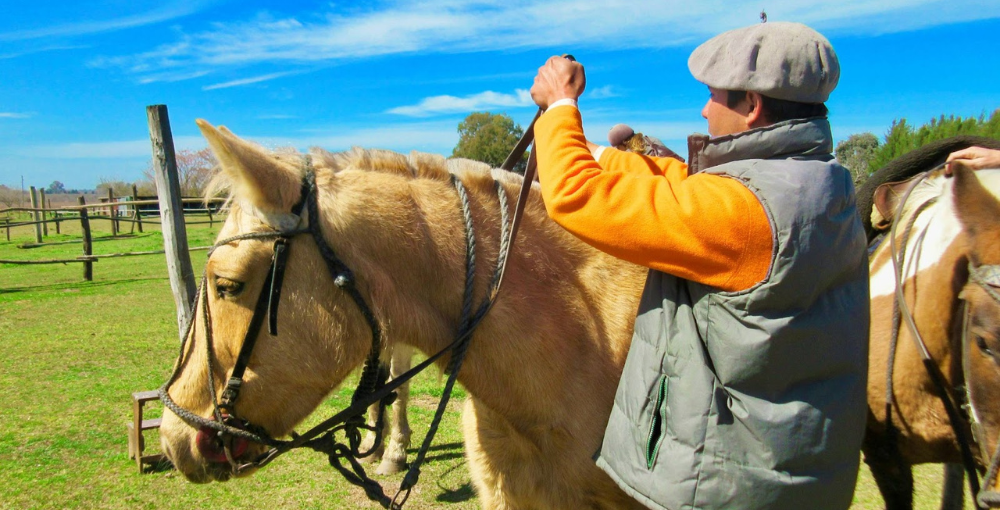
Best Barrel Racing Reins - Top ...

Horse Breeds and Characteristics: How ...
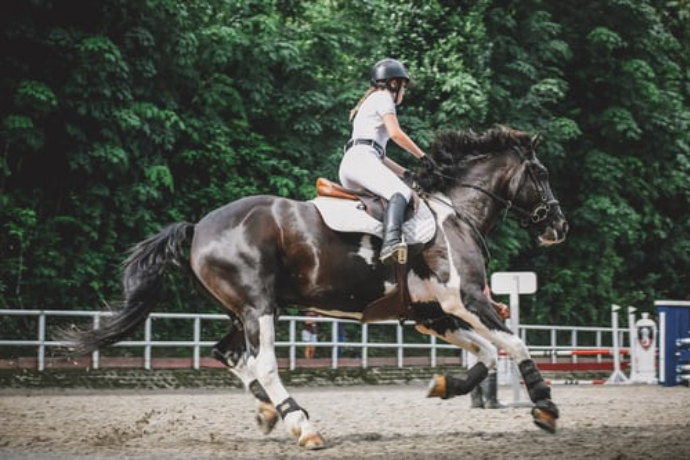
Best Breeches For Curvy Riders...
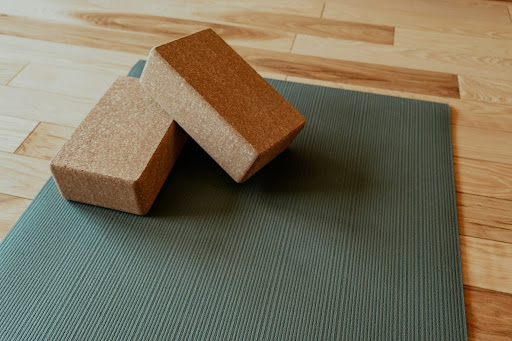
Best Stall Mats For Horses - ...

Best Horse Brushes ( A Thread ...

Best Saddle Rack ( Keep Your ...

Best Bit For Training a ...
.jpg)
10 Morgan Horse Show Held ...
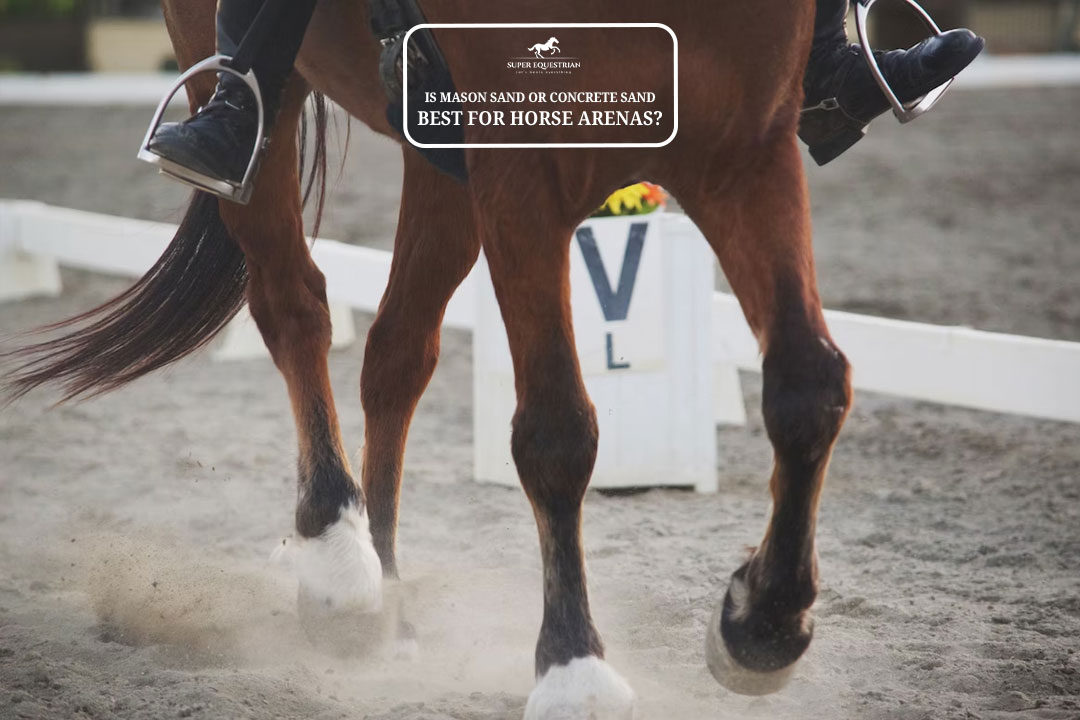
Is Mason Sand Or Concrete ...
.jpg)
Best Girth For Your Horse ...
.jpg)
Ranch Cutter vs Cowhorse Saddle? ...
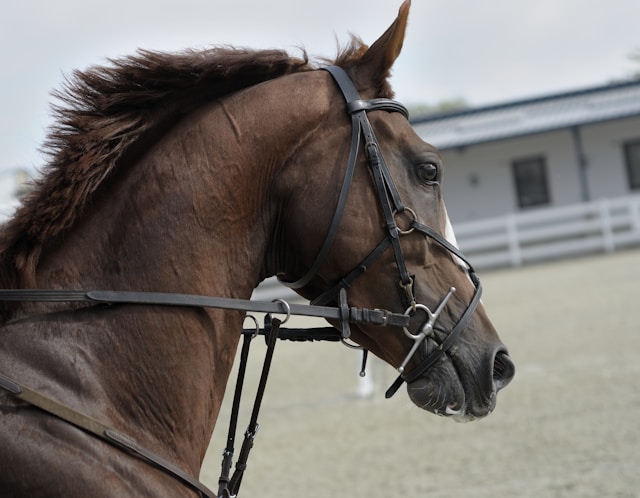
Types of Horse Bit and ...
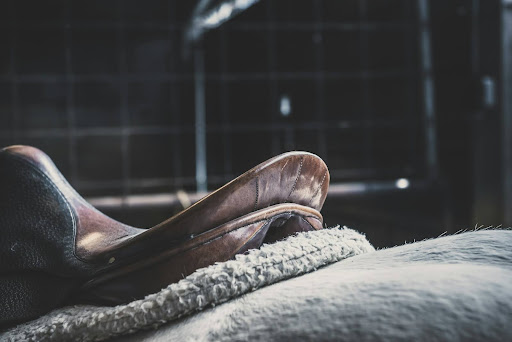
Is Hilason a Good Saddle ...
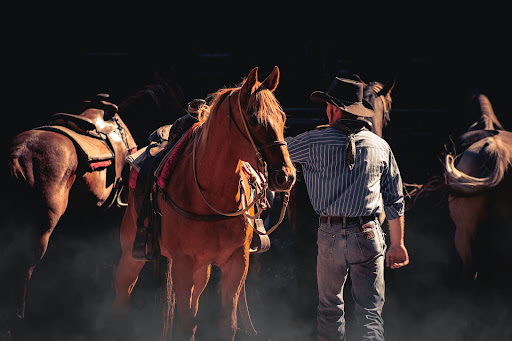
How to choose a bit ...
.jpg)
Best Salt Blocks For Horses...
.jpg)
Types of Horse Brushes (Equine ...
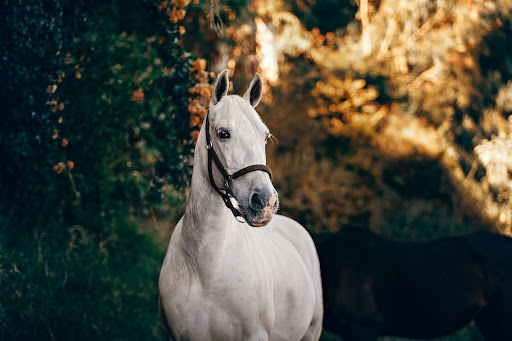
How To Get a Horse ...
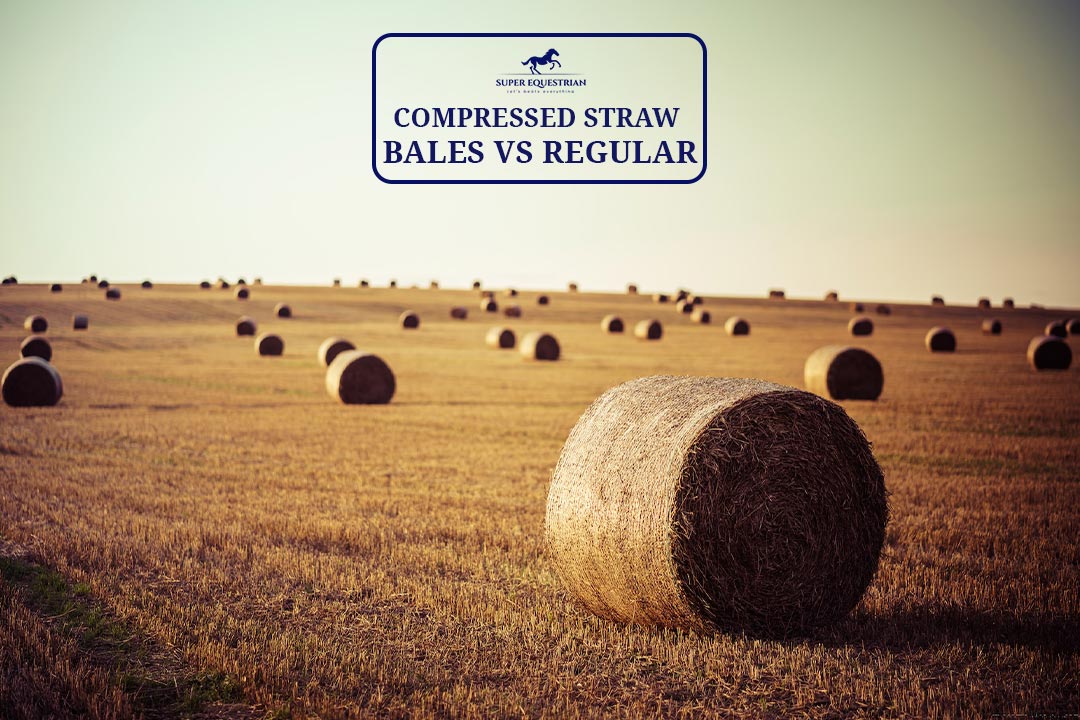
Compressed Straw Bales Vs Regular? ...
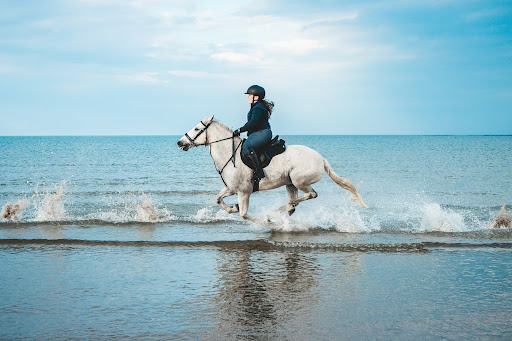
Horse Riding Lessons For Intermediate ...
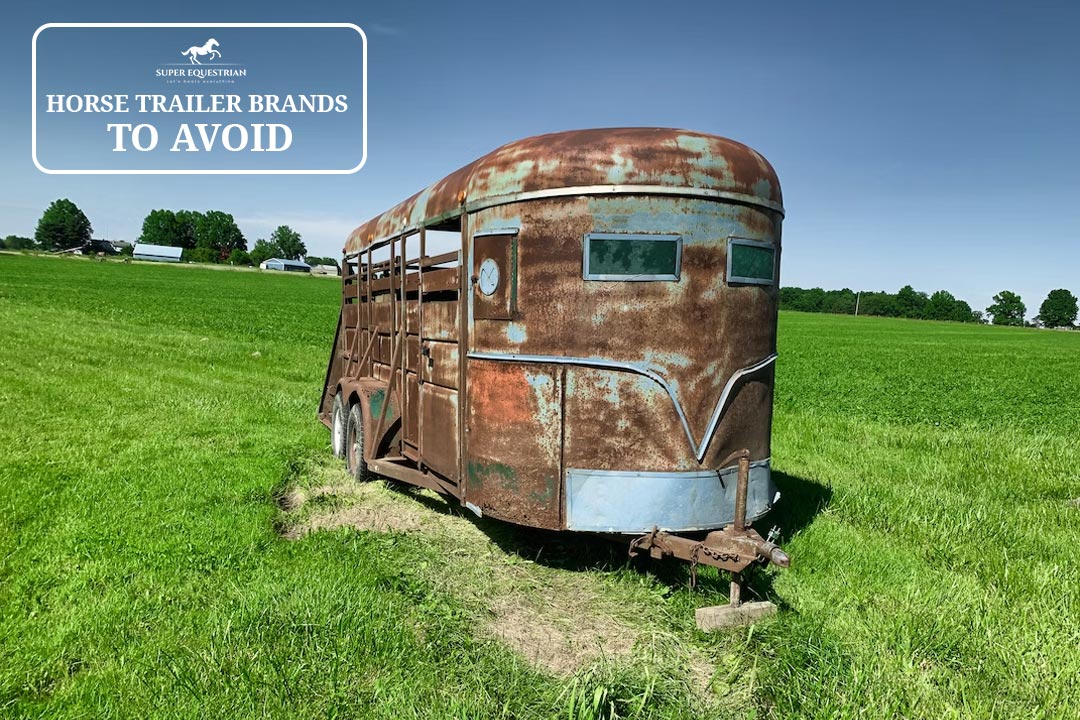
Horse Trailer Brands To Avoid...

Strawberry Roan vs Red Roan? ...
.jpg)
Gelding vs Stallion...
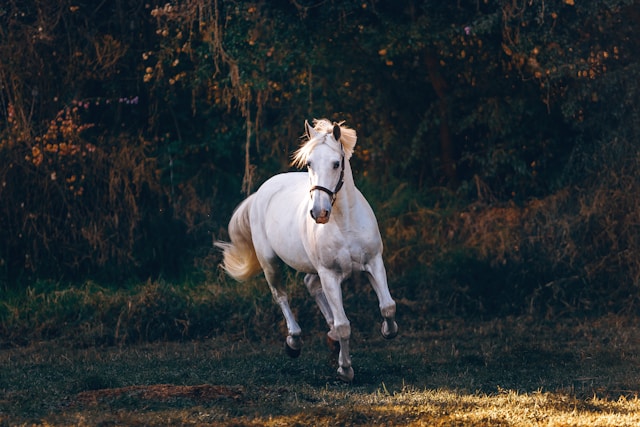
Why Does a Horse Whinny? ...
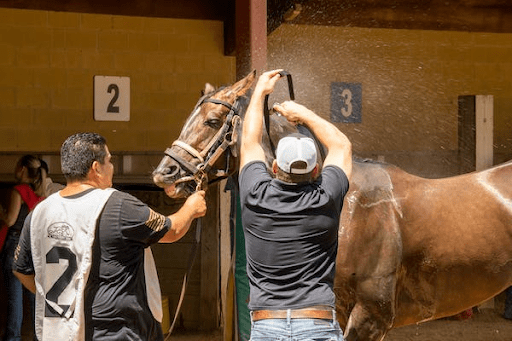
How to Clean a Rusty ...
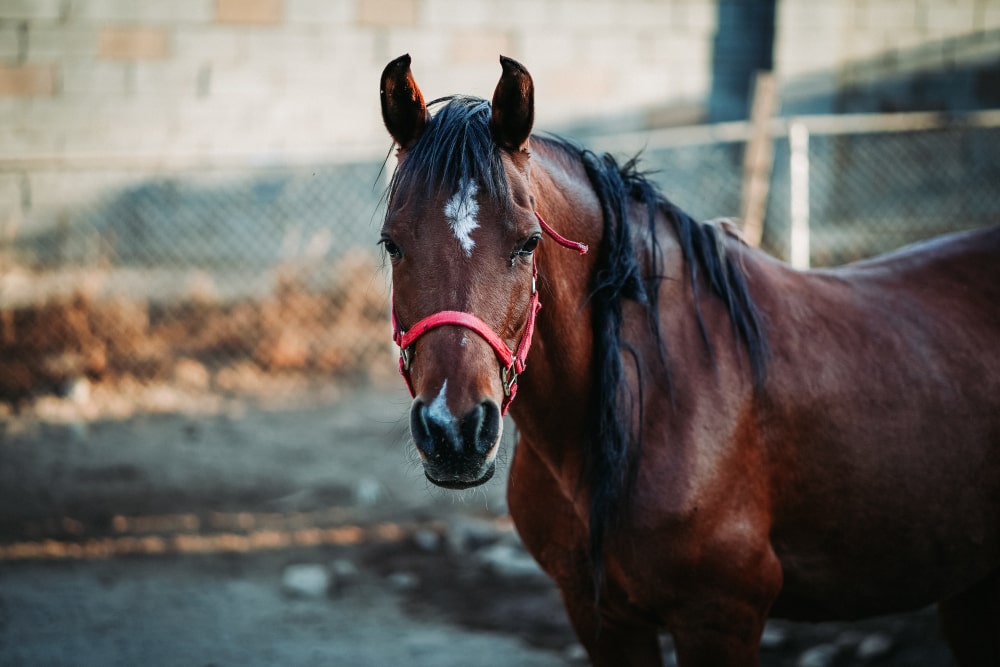
Why Do Horses Foam at ...
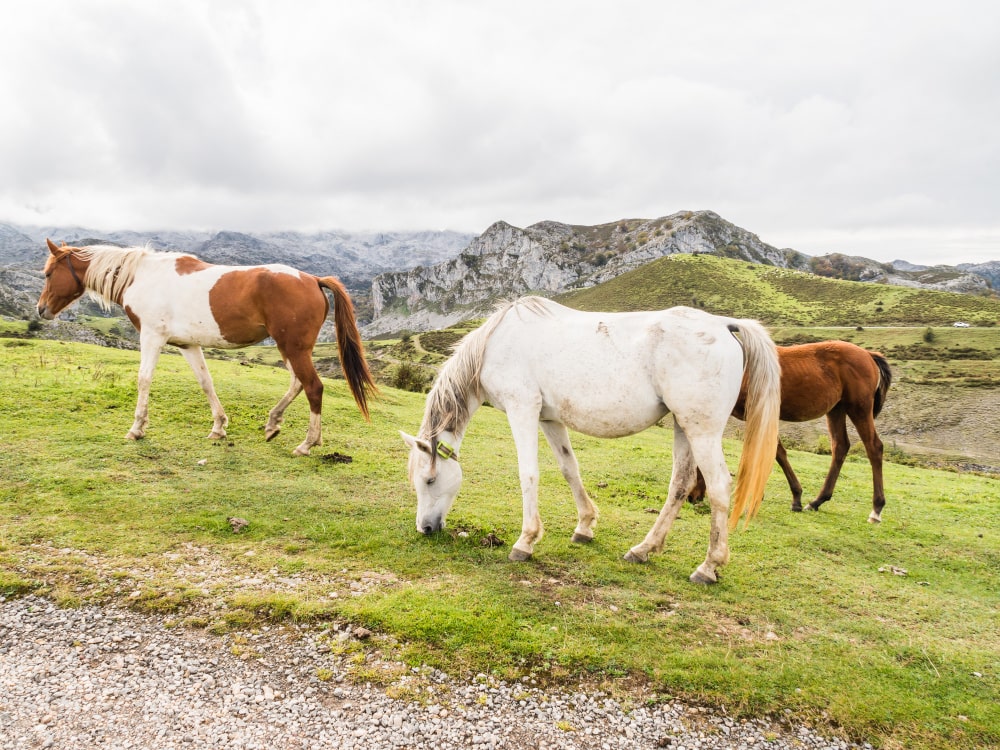
Why Do Horses Bob Their ...

Nutrition Unveiled: Triple Crown Senior ...
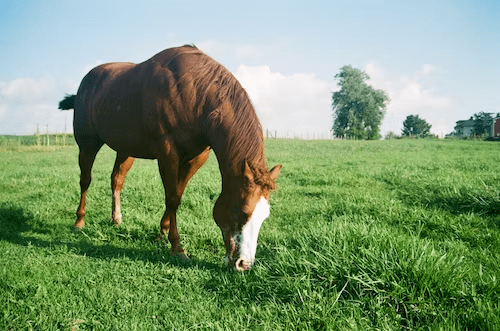
Pasture Pro Vs. Grazon: Horse-...
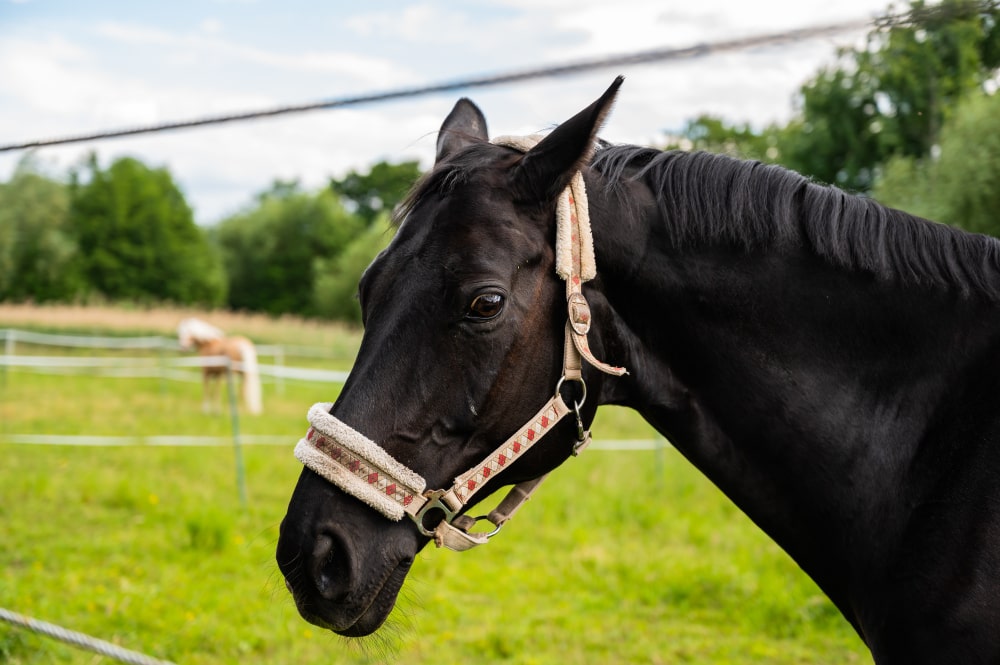
Dutch Gag Vs. Pelham: Bits ...
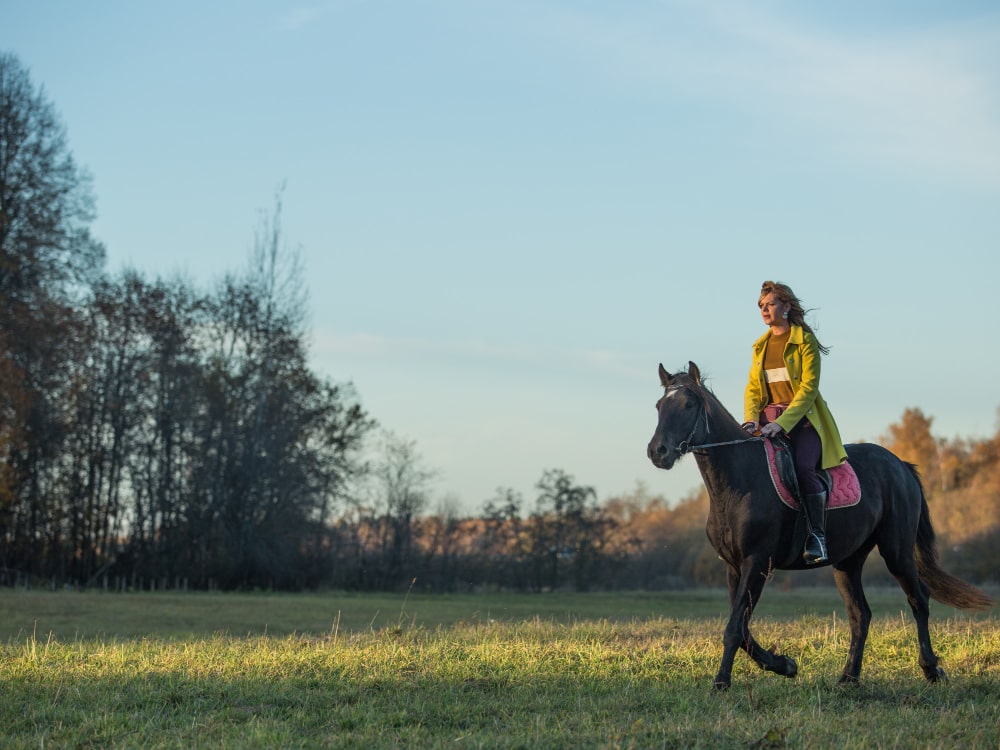
Walking Horse vs Racking Horse: ...
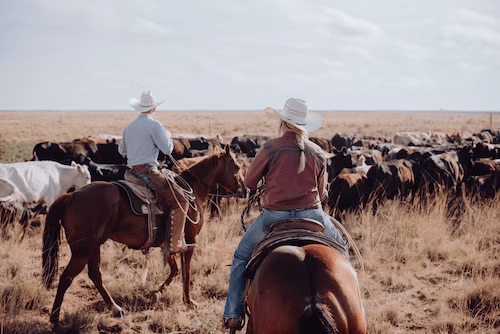
Wade vs Association Saddle: Your ...
.jpg)
Step Up vs Ramp Horse ...

Bosal vs Hackamore: A Head-...
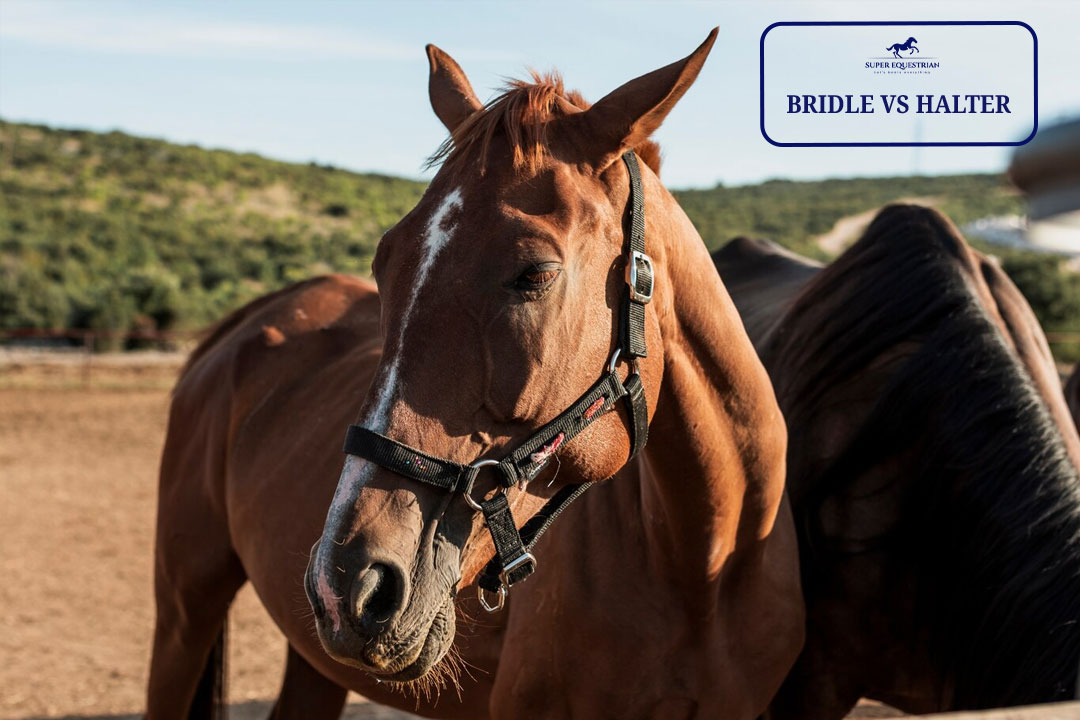
Bridle Vs Halter: Which One ...

Paddock Boots Vs Riding Boots: ...

Shadow Horse Trailer Problems: Causes, ...
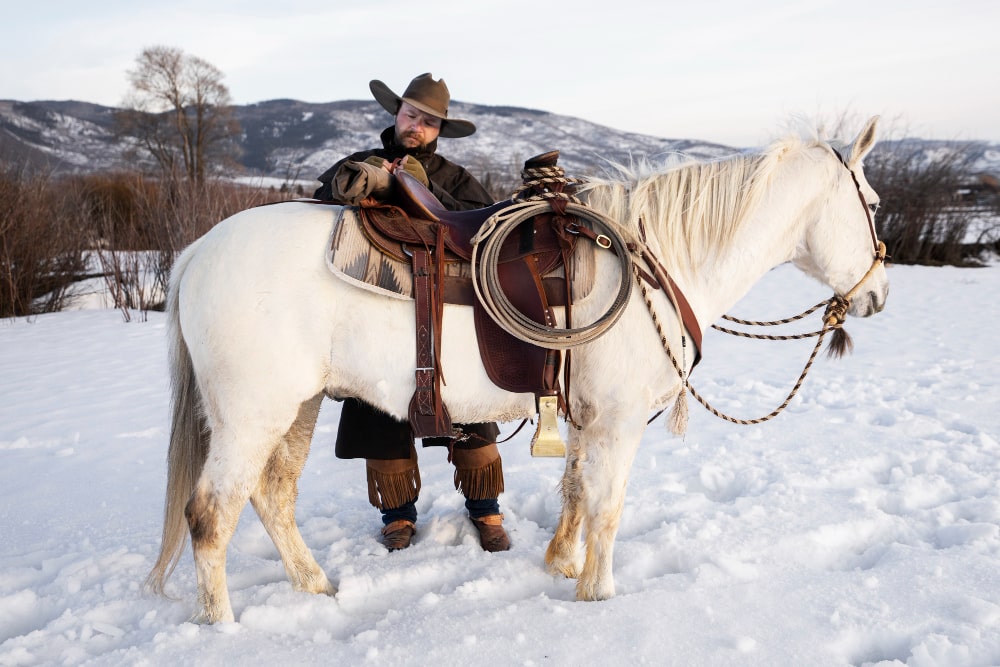
Are Billy Cook Saddles Good - ...

Let's Start at the ...
Benefits of Beet Pulp for ...
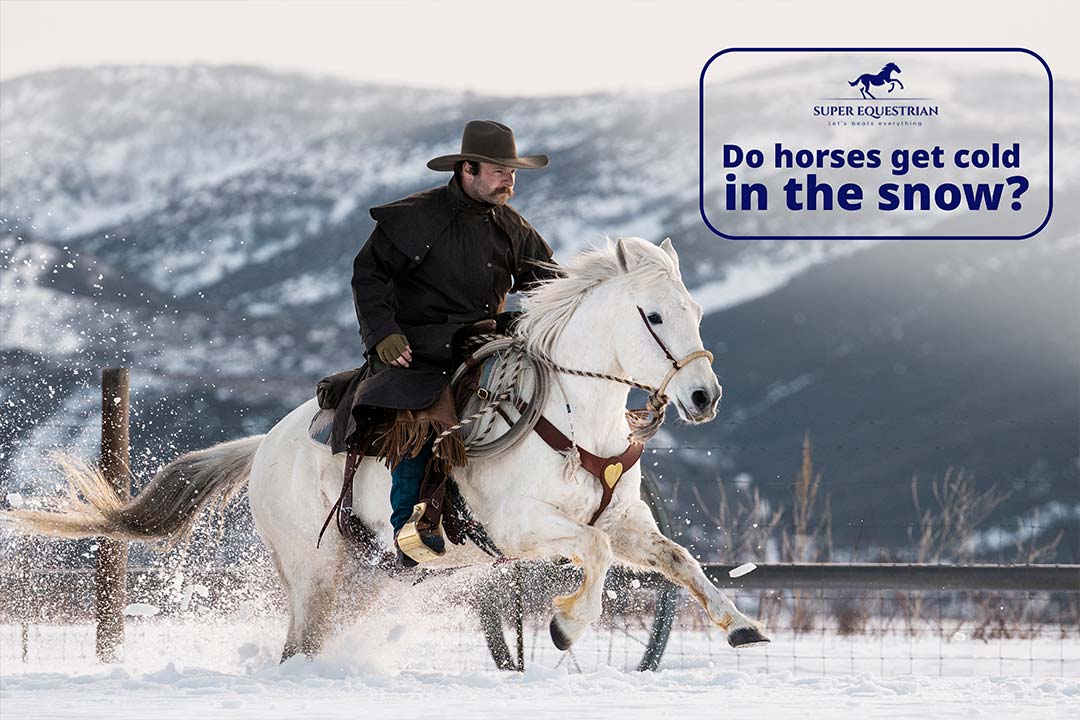
Do horses get cold in ...
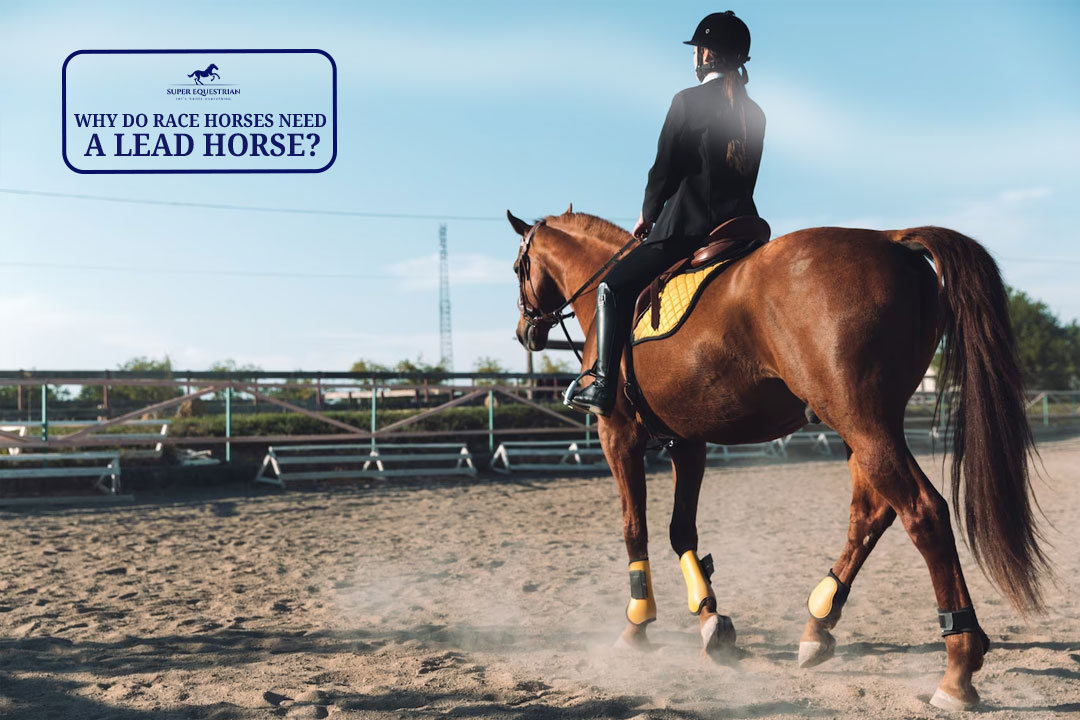
Why Do Race Horses Need ...
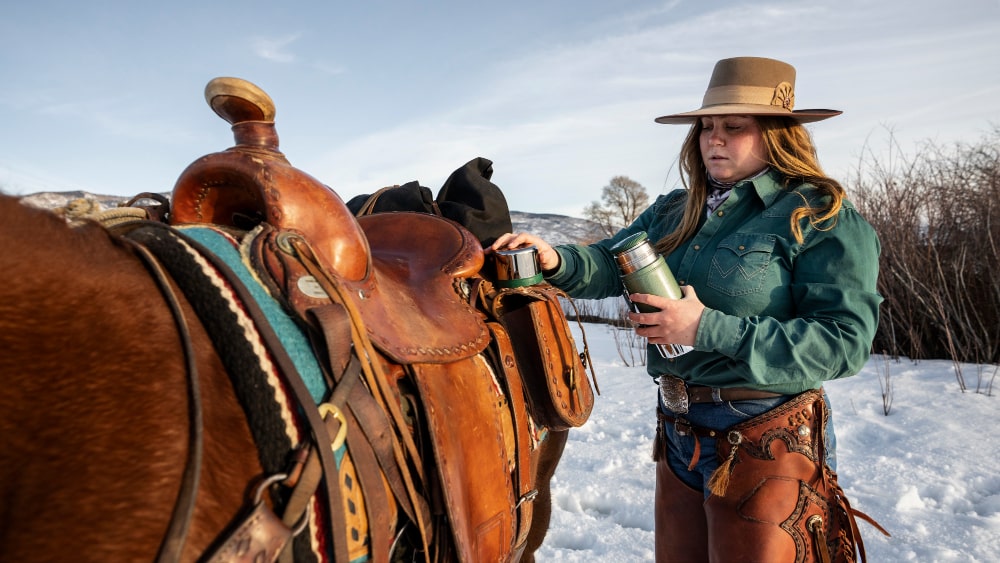
Ranch Saddle vs. Roping Saddle: ...

Round Pen vs Square Pen ...

Must Have Horse Trailer Accessories: ...
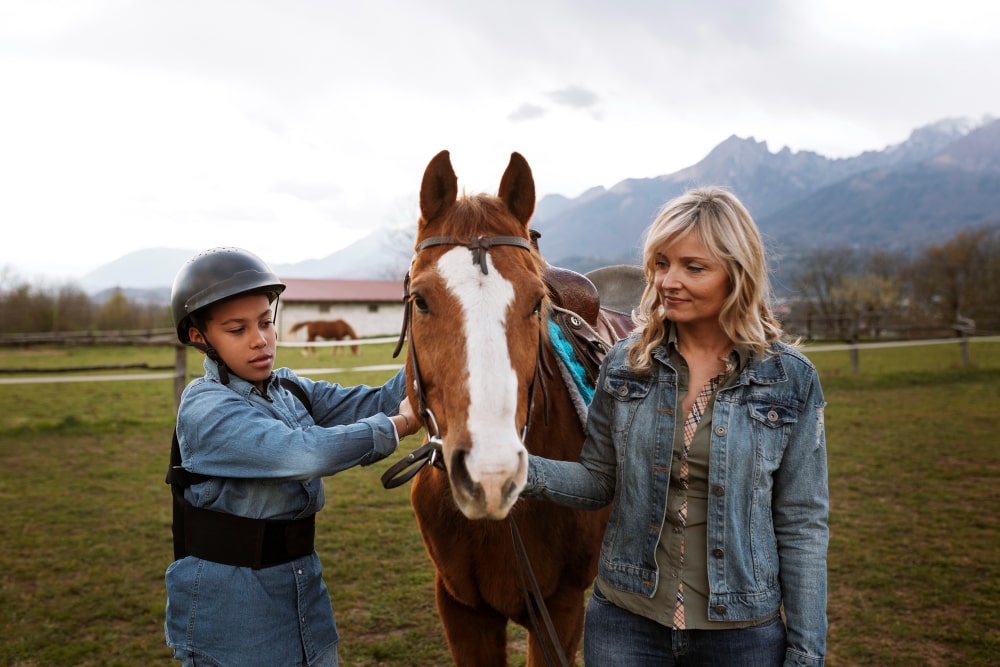
Is MIPS Worth for Equestrian?...
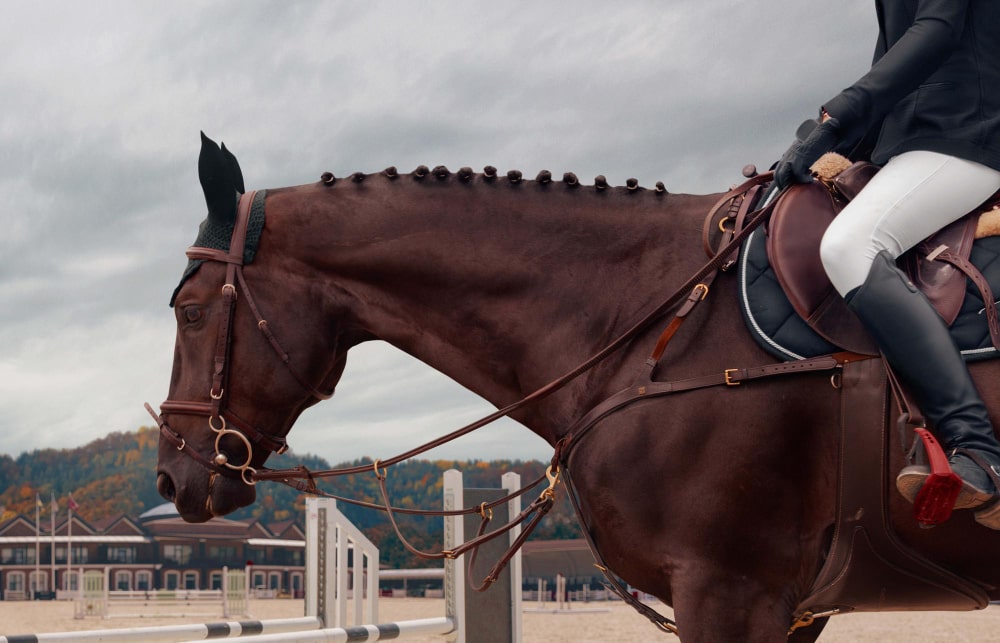
Natural Horsemanship vs Positive Reinforcement: ...

How to Mount a Horse ...
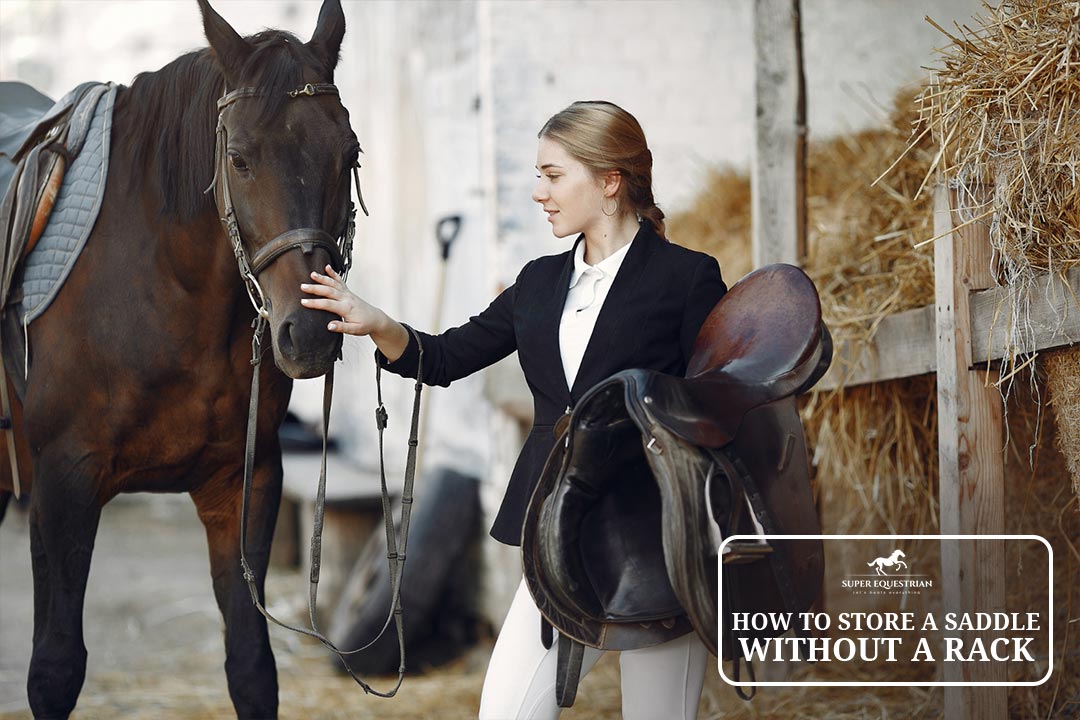
How to Store a Saddle ...
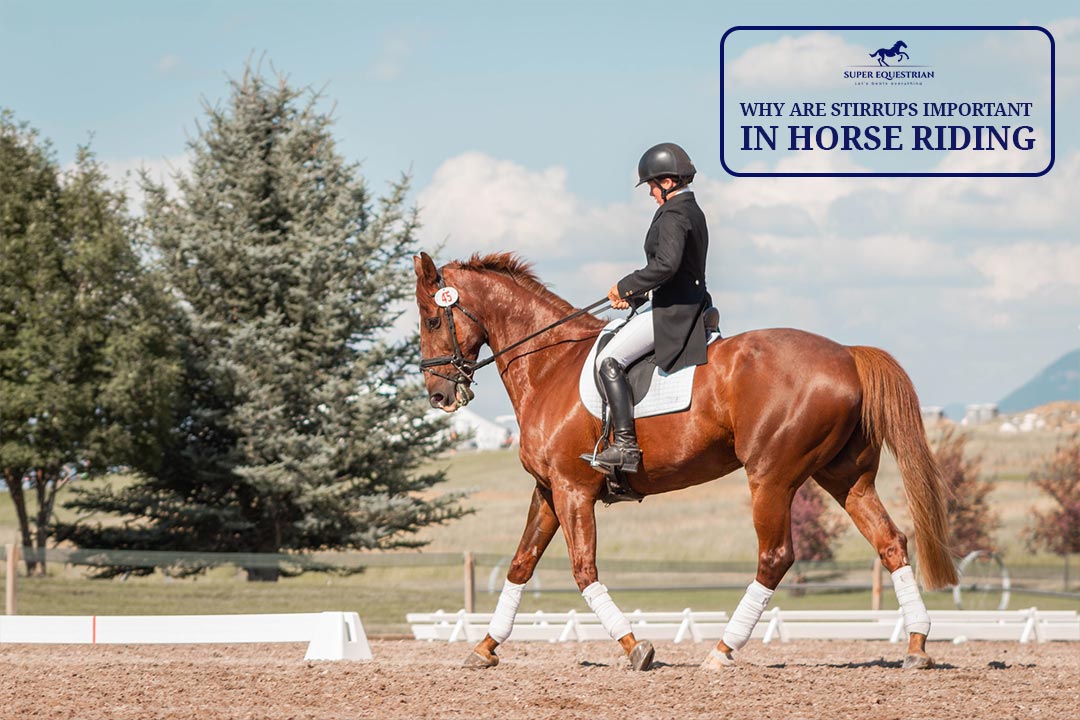
Why are Stirrups Important in ...
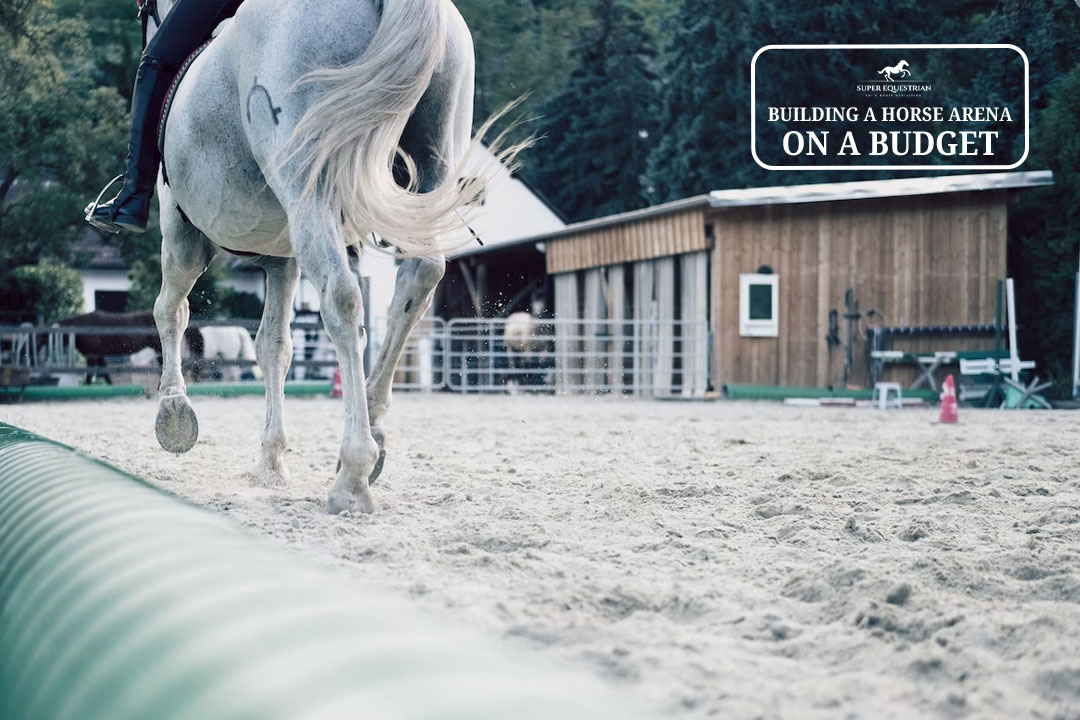
Building a Horse Arena on ...

How to Make Horse Treats ...

Order of Grooming a Horse...

Horse Riding Lessons Plan: The ...

Horse Trailer Roof Replacement and ...
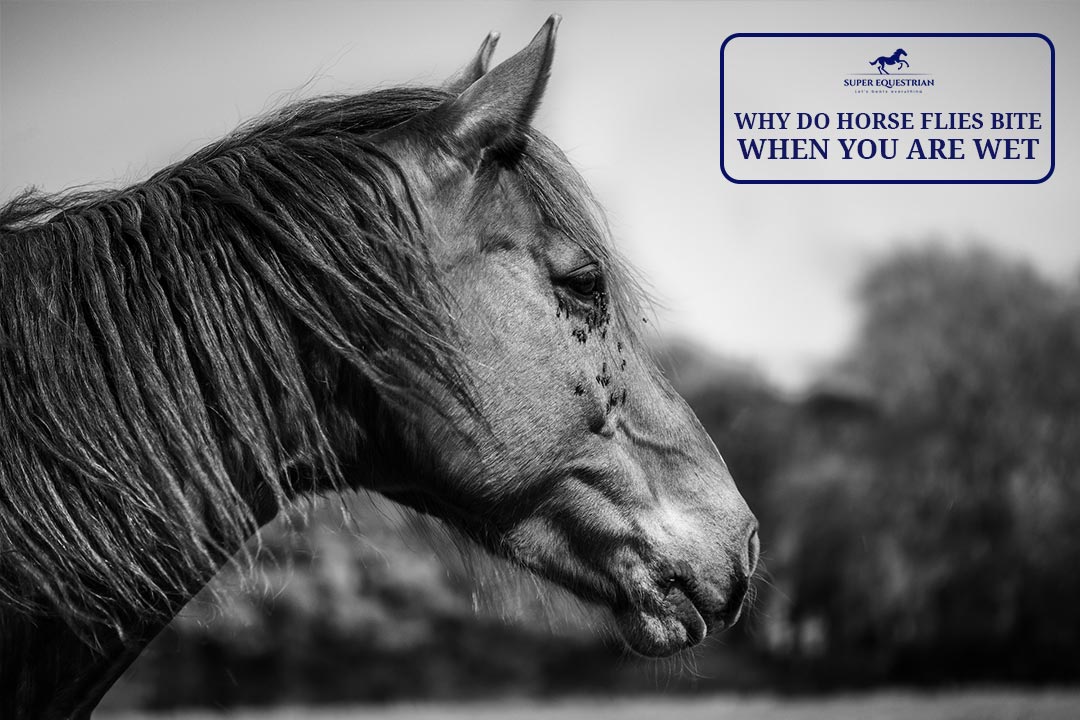
Why Do Horse Flies Bite ...
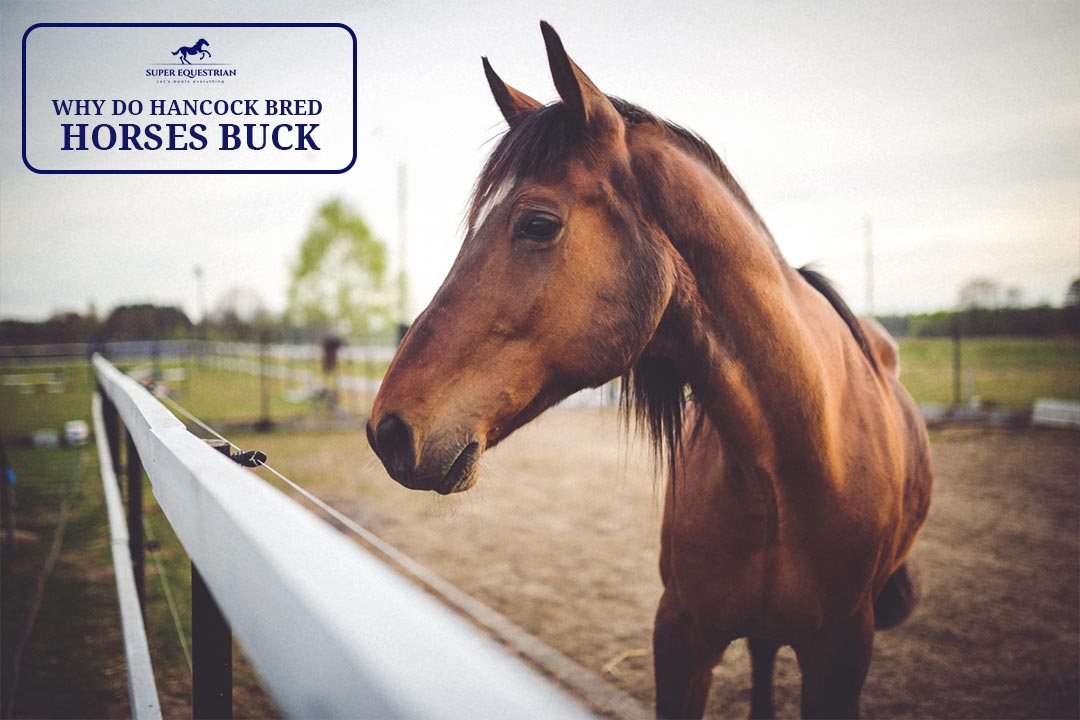
Why Do Hancock Bred Horses ...

Quarter Horse Bloodlines to Avoid...
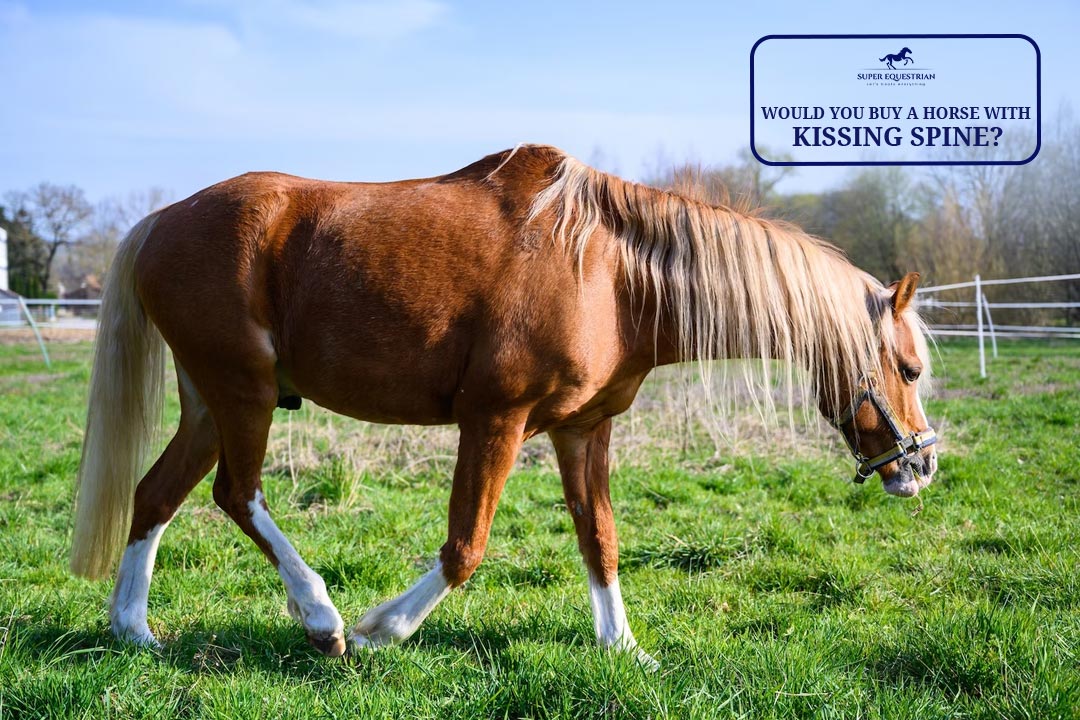
Would You Buy a Horse ...
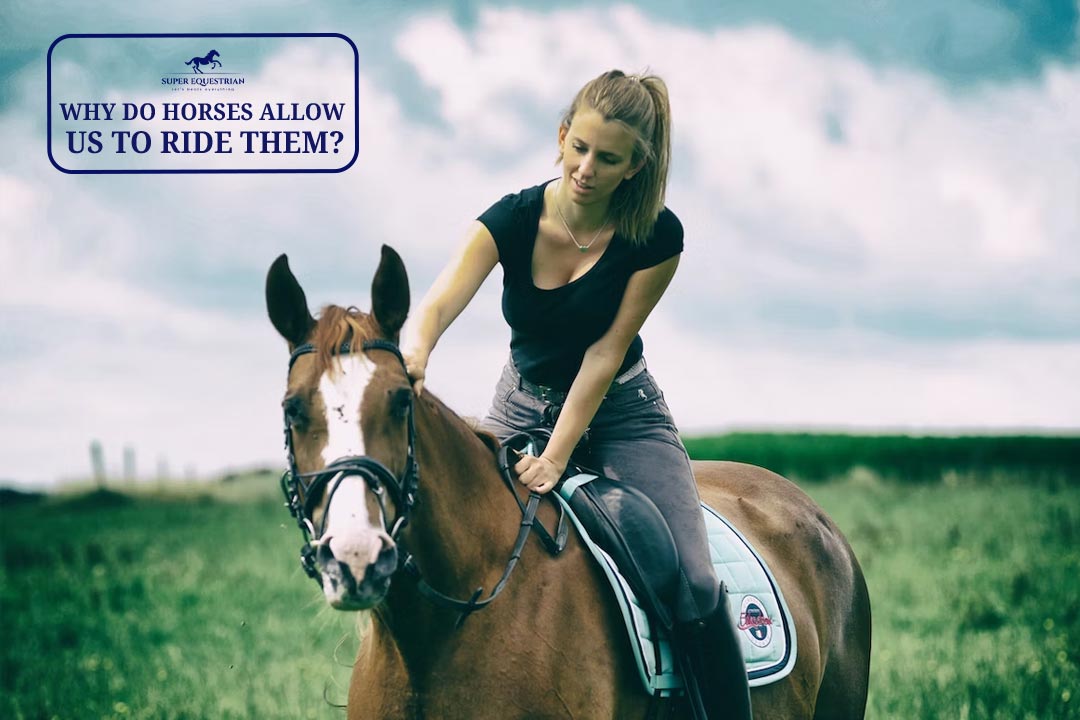
Why Do Horses Allow Us ...

Would you buy a horse ...

Why Are Klapper Bits So ...
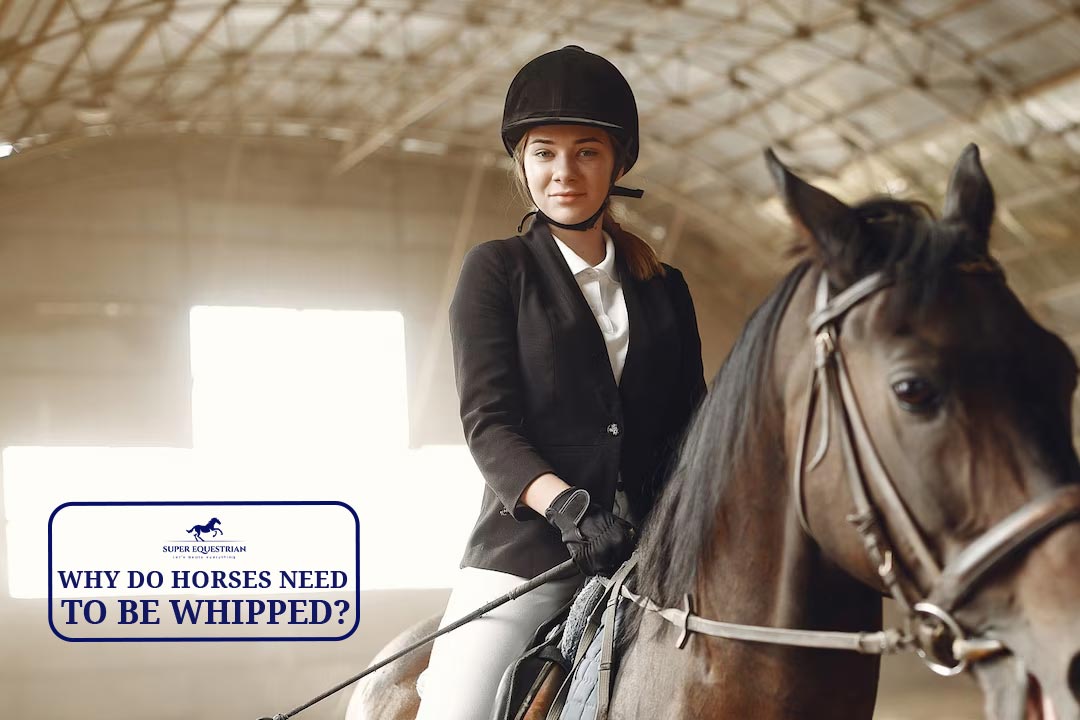
Why do horses need to ...

Why do you mount a ...
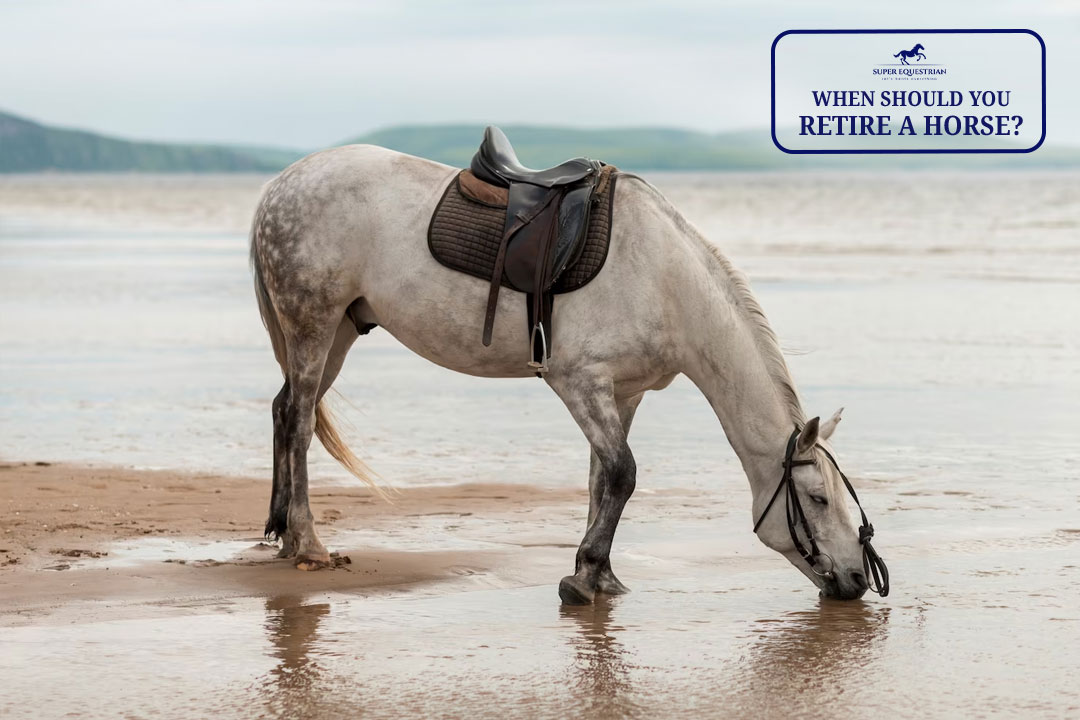
When Should You Retire A ...
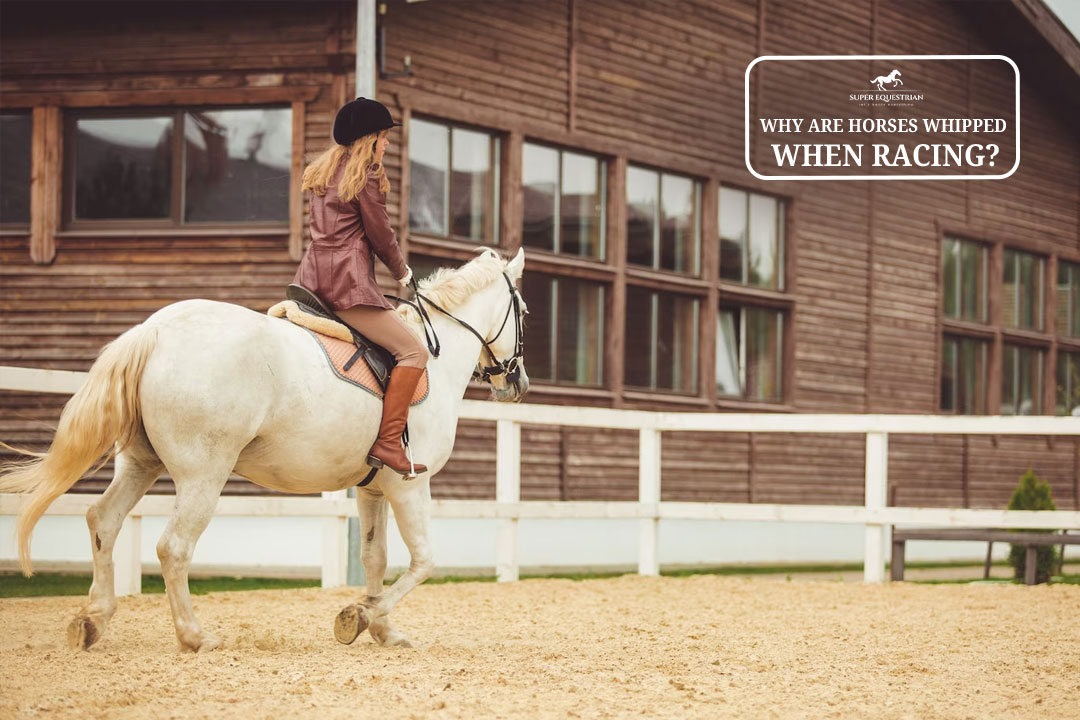
Why Are Horses Whipped When ...
.jpg)
Why Do Horses Have A ...
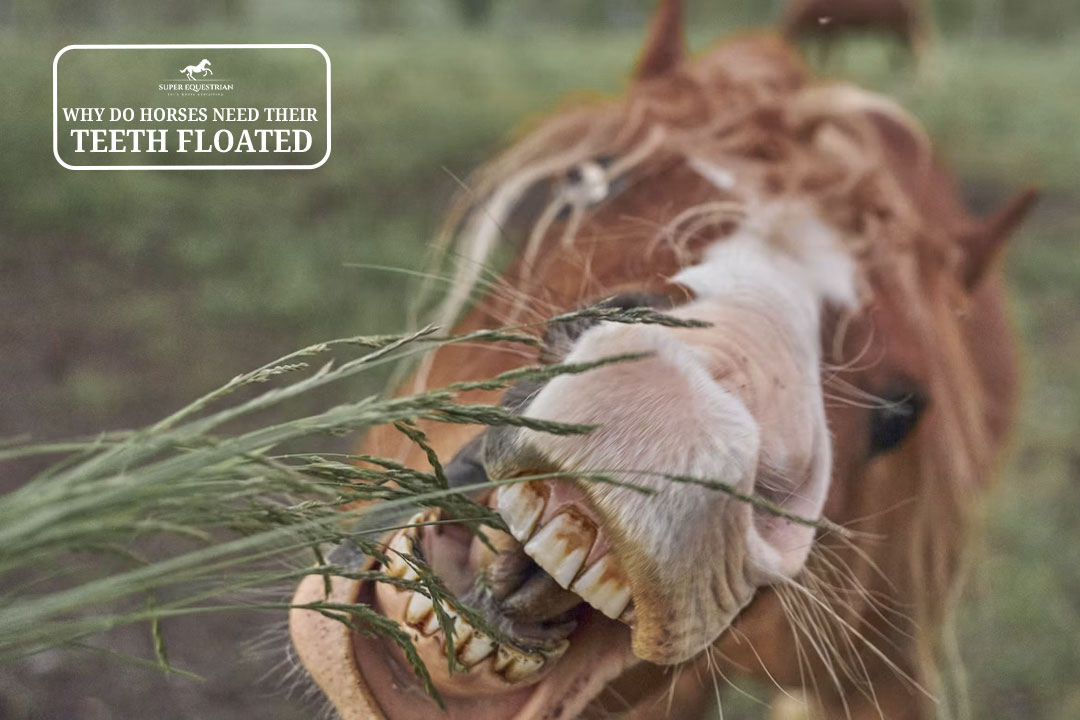
Why Do Horses Need Their ...

What To Do If Horse ...

What To Do If A ...
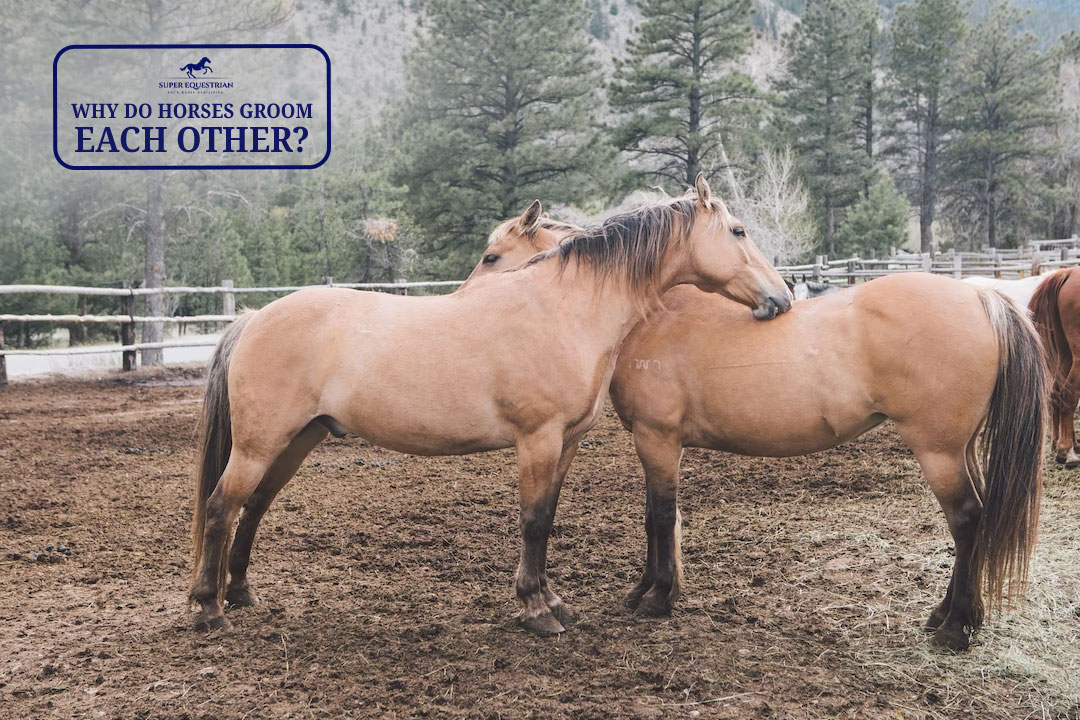
Why do horses groom each ...
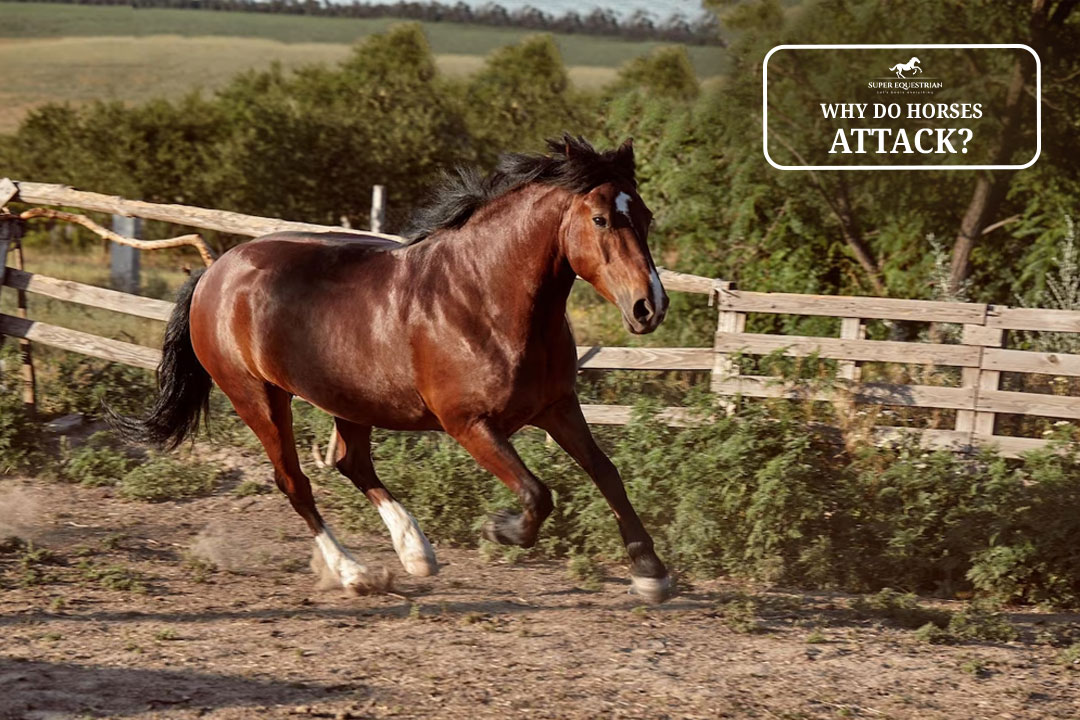
Why do horses attack...

Should I Use a Martingale ...

How to fit bell boots ...
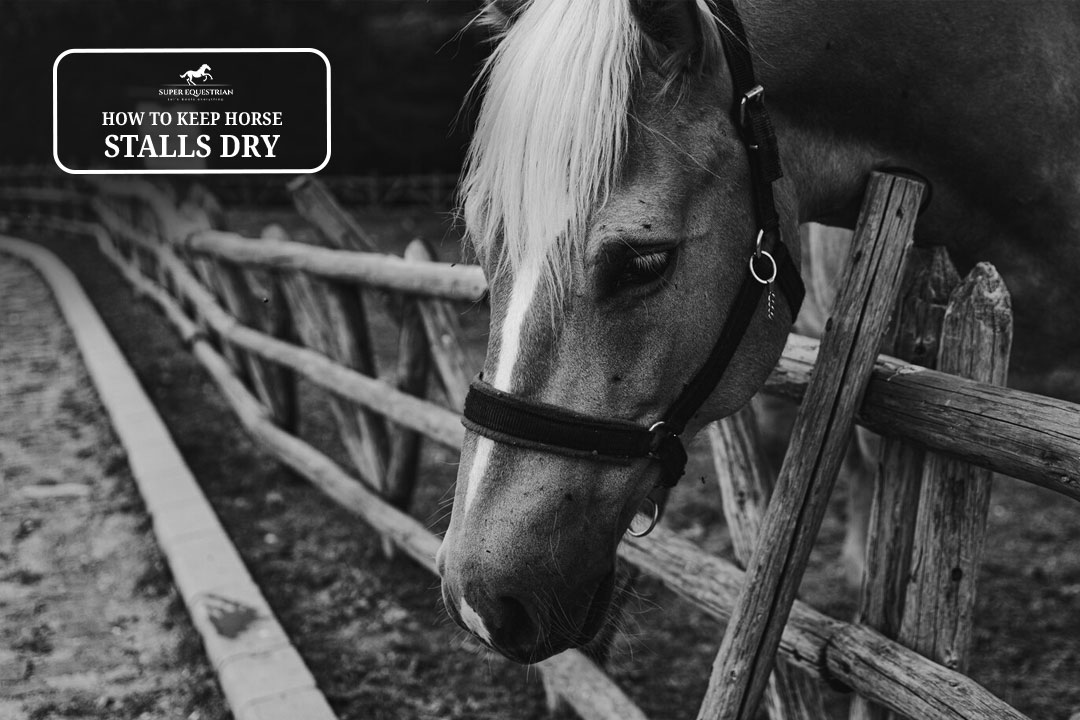
How To Keep Horse Stalls ...
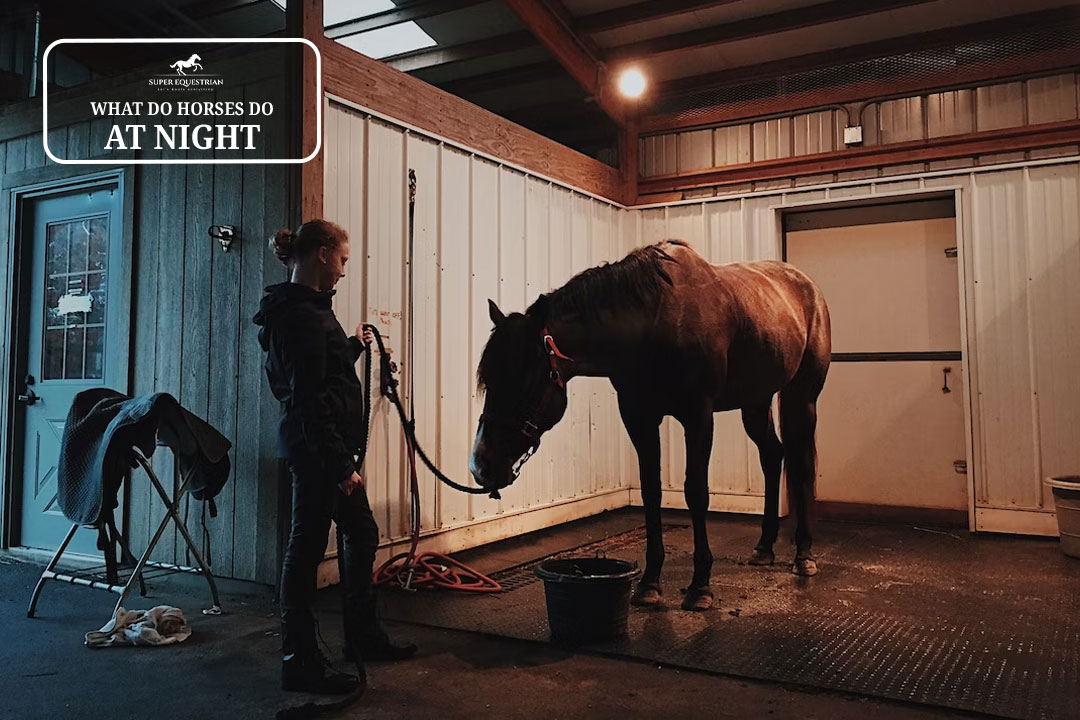
What Do Horses Do At ...
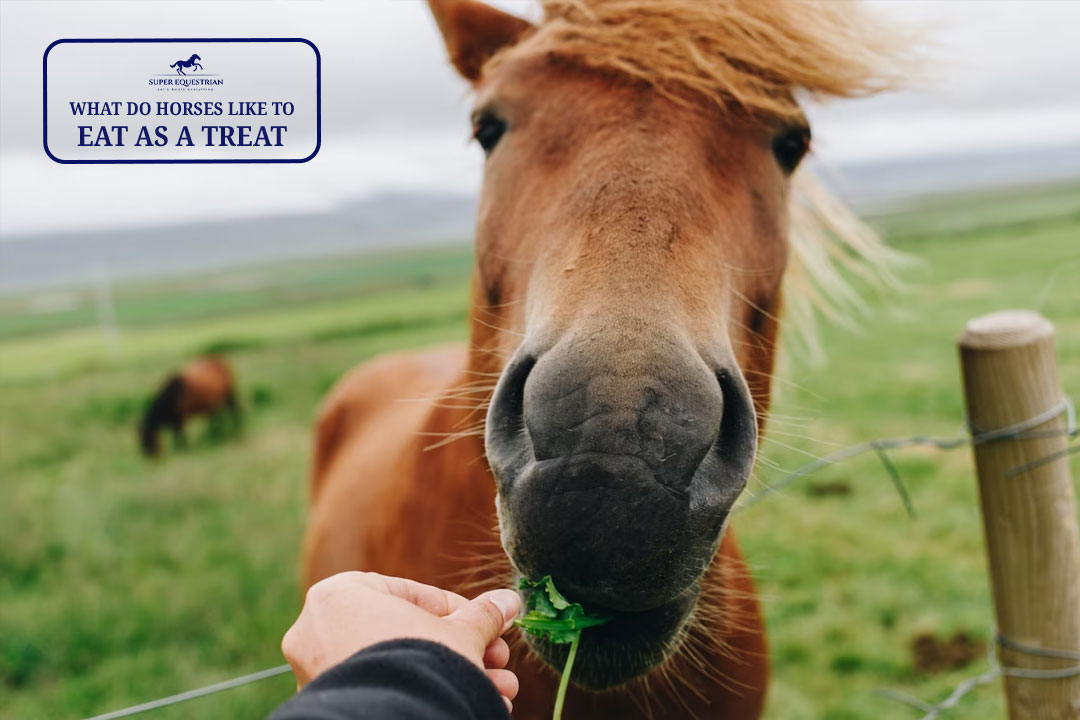
What do horses like to ...

Why do wild horses get ...
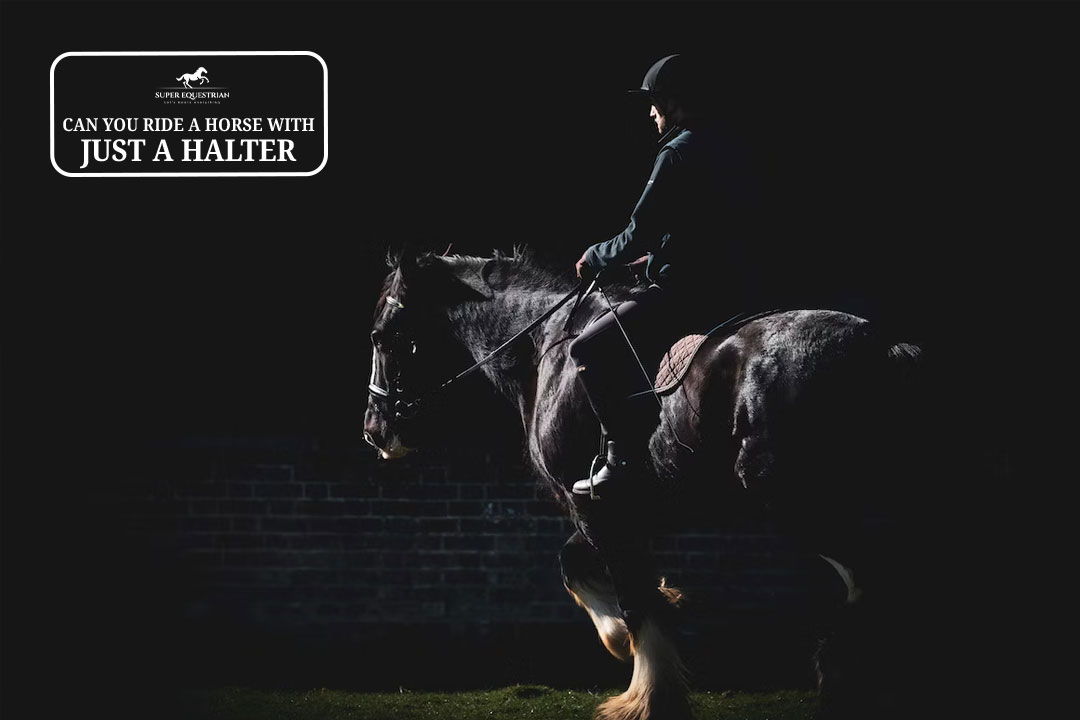
Can you ride a horse ...
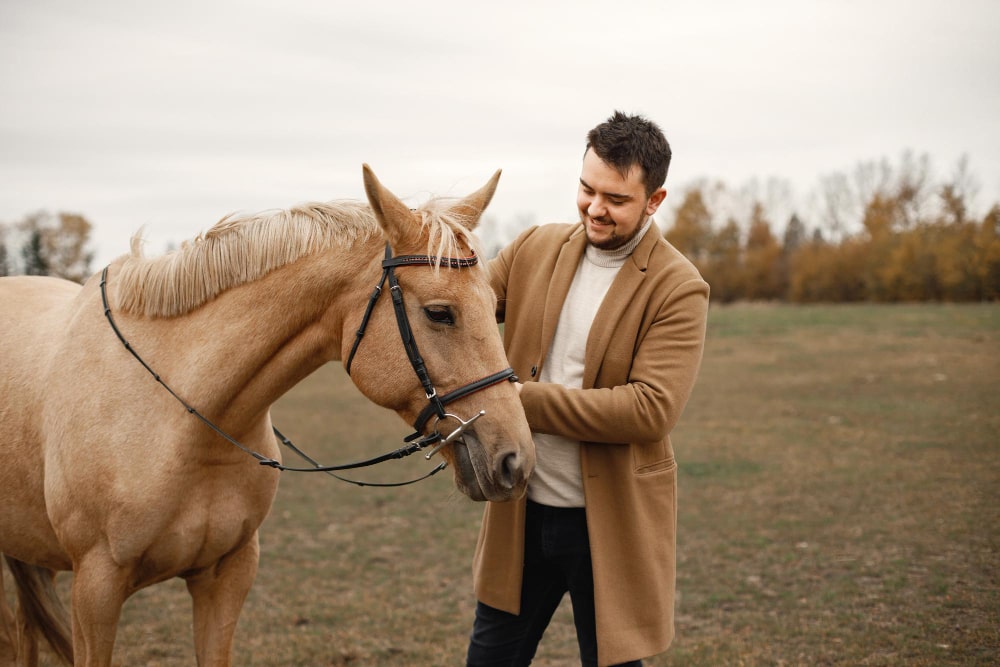
Are horses protective of their ...
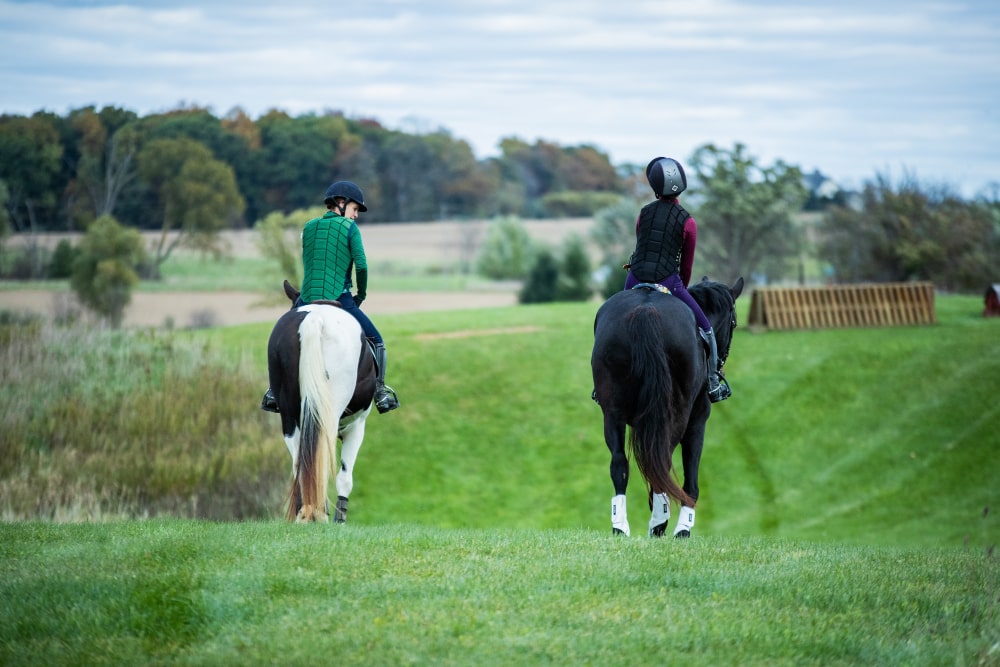
Why racking horses are popular ...
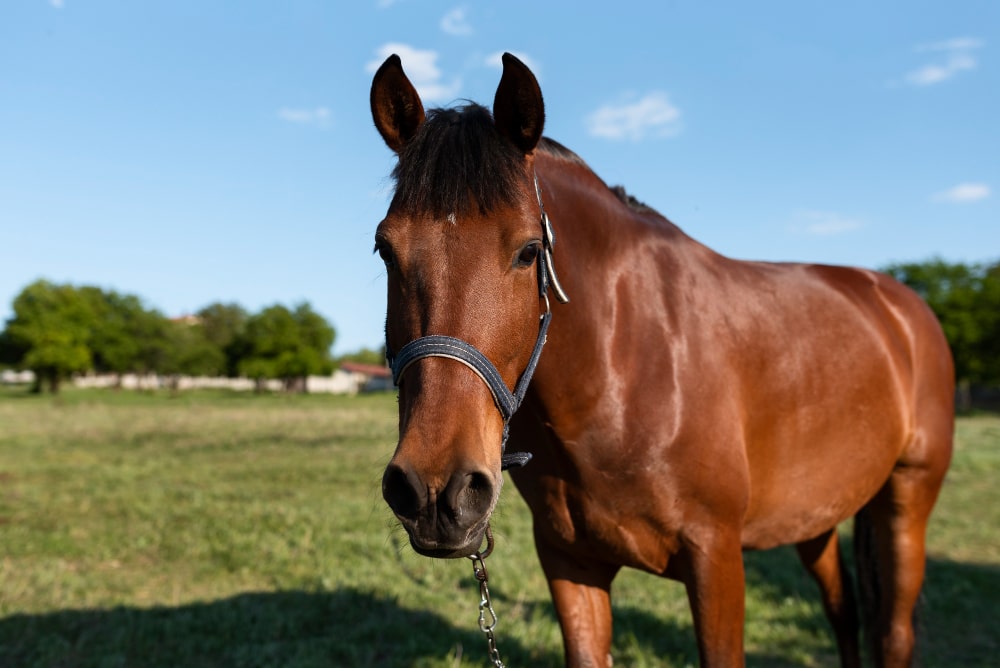
How To Keep Horses Off ...
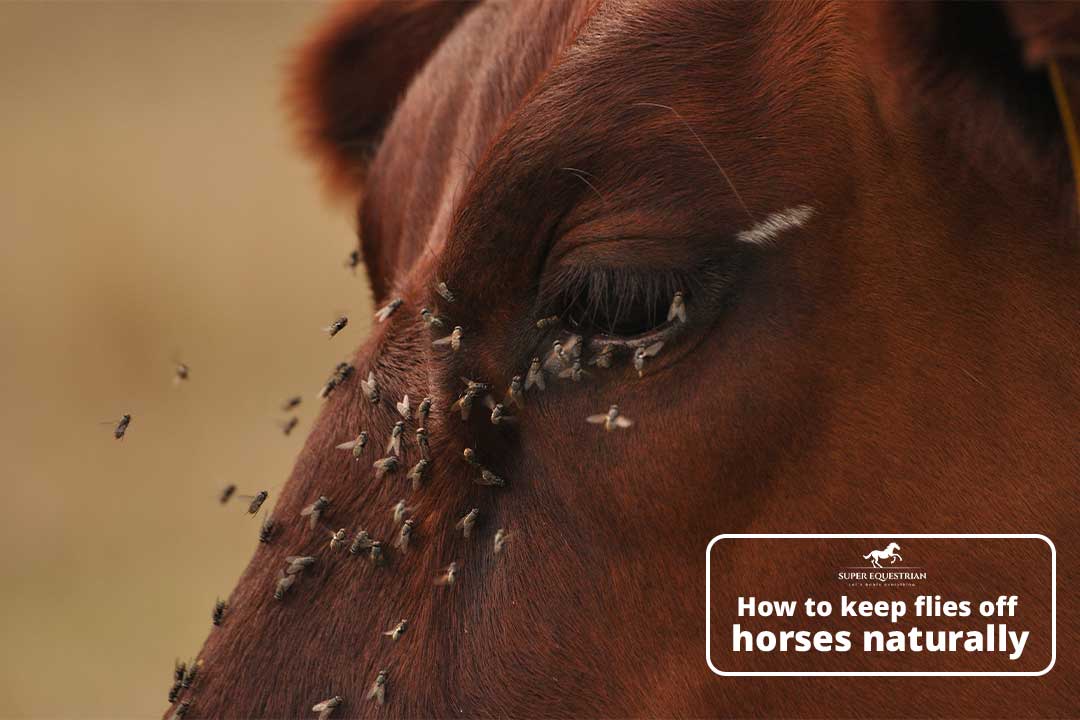
How to Keep Flies Off ...
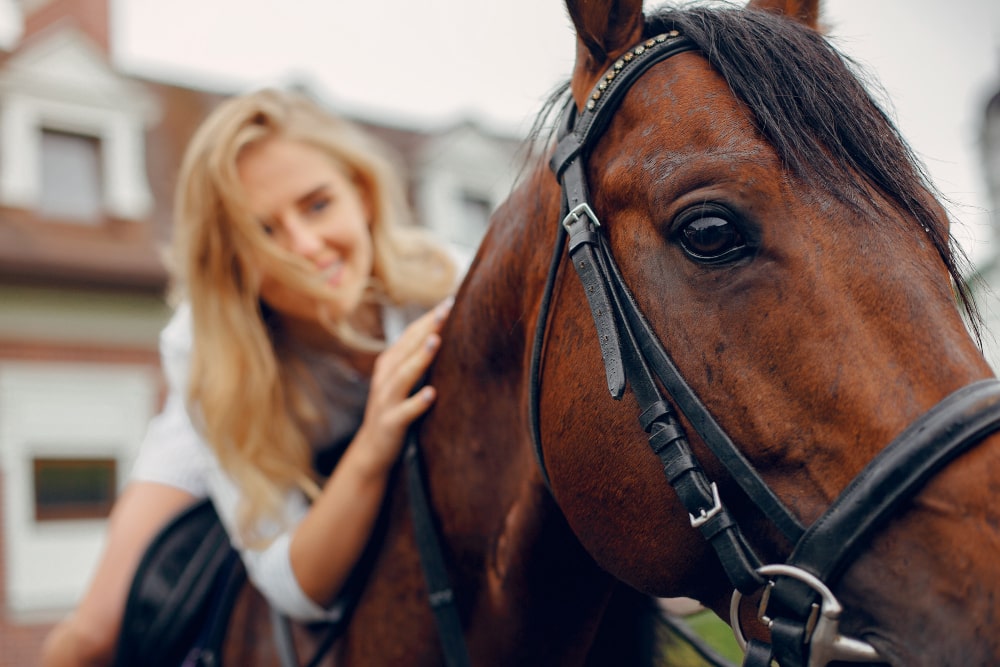
Pros and Cons Using A ...
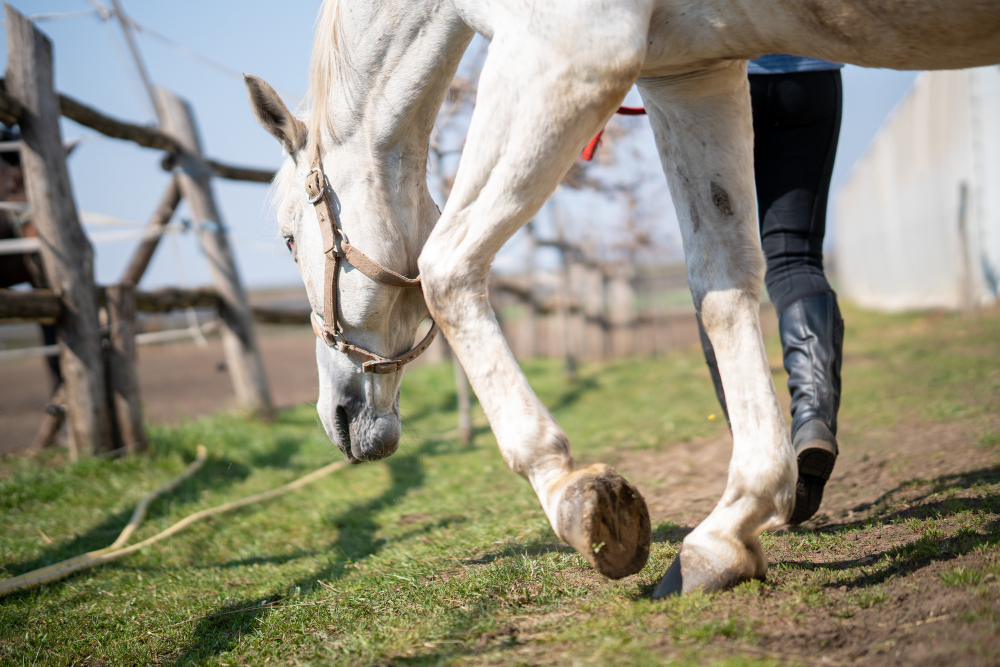
Can you ride a horse ...

Why are Corriente saddles so ...
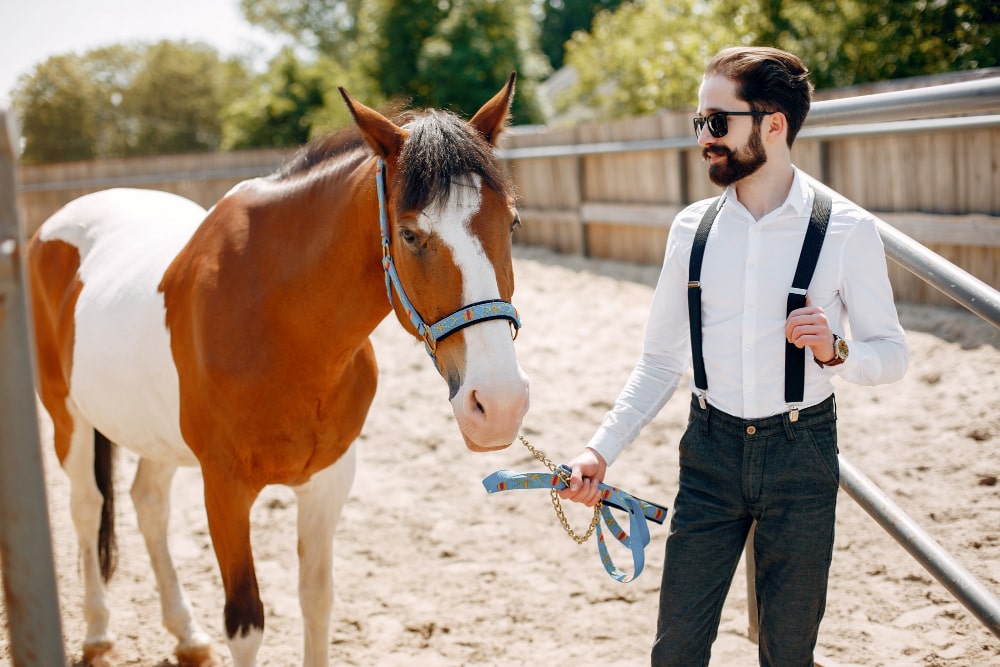
Pros and cons of equine ...
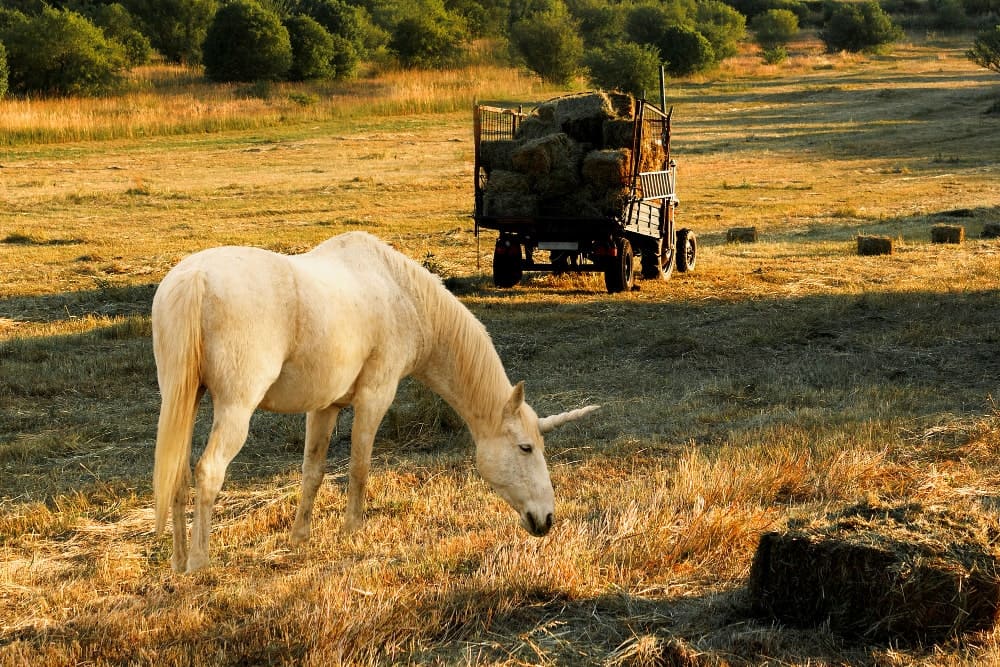
How Long After Mowing Can ...

How to Care for a ...
.jpg)
Why Do Horses Wear Blinders: ...
.jpg)
How to fit an exercise ...

Why is my horse bucking ...
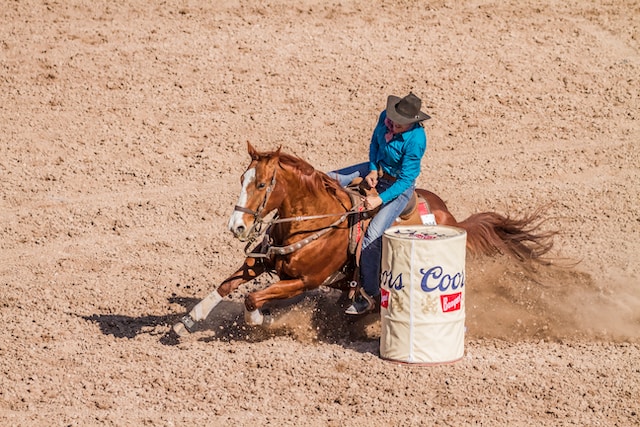
What causes a horse to ...
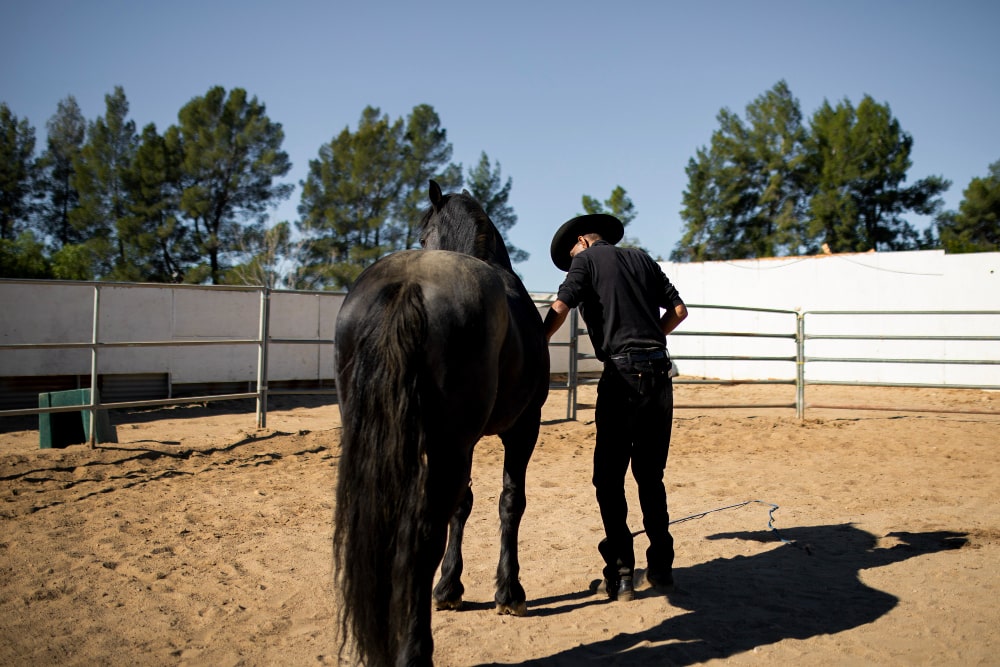
How to Stop a Horse ...
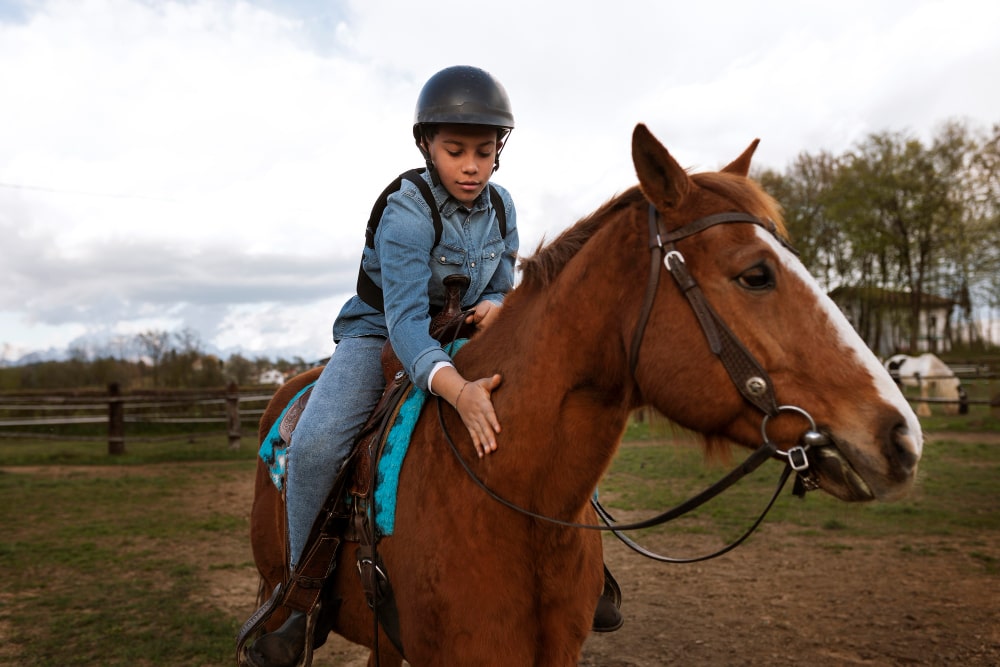
Why Is My Horse Bunny ...
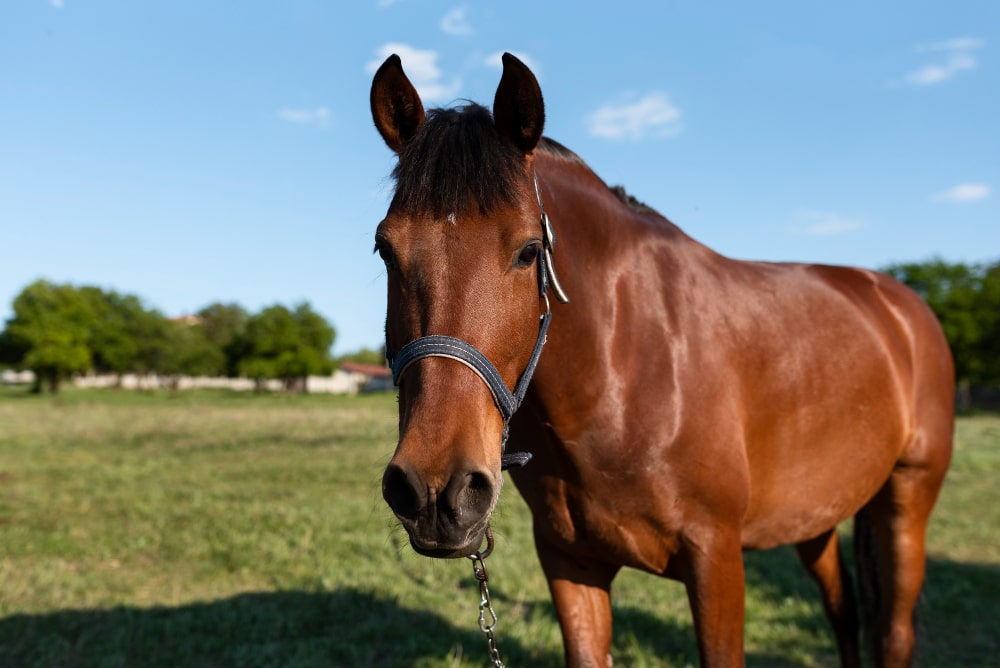
How To Improve Pasture For ...
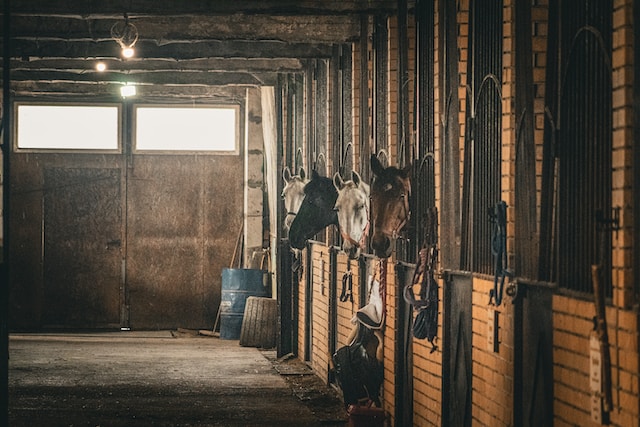
How to get the smell ...

Can you add ramp to ...

What Is The Temperament Of ...
.jpg)
Why Is Friesian Horse Hair ...
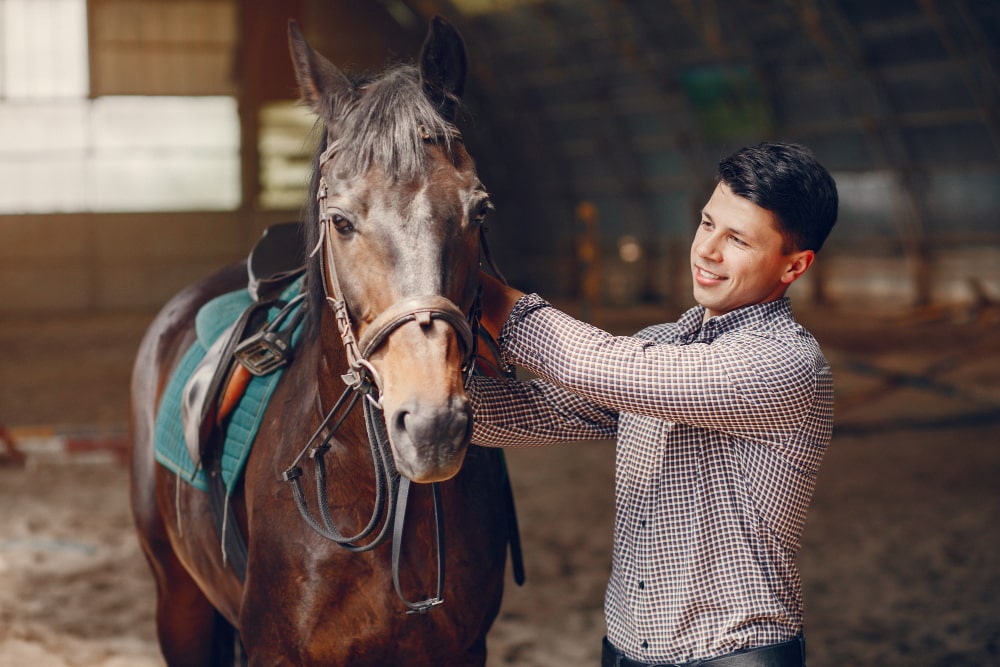
Why is my horse testing ...
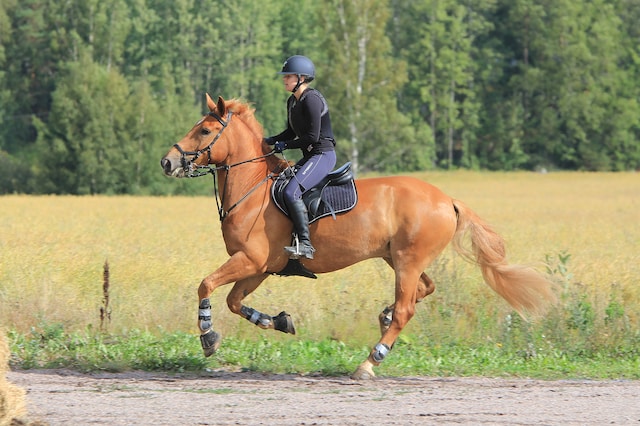
How often you should take ...
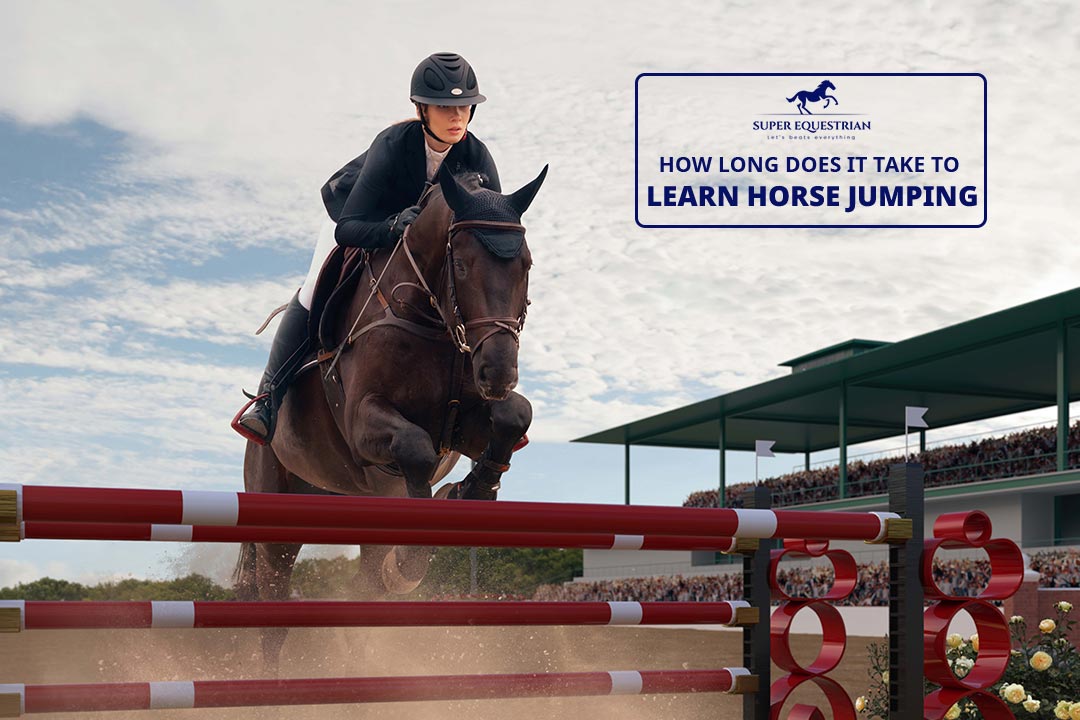
How long does it take ...
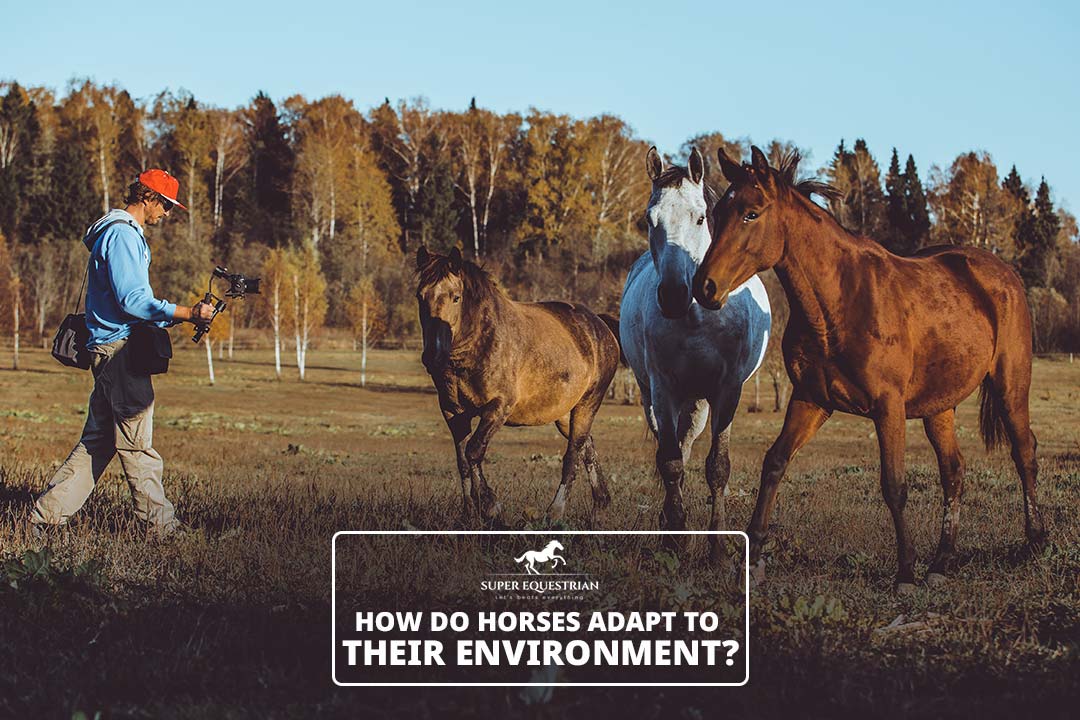
How do horses adapt to ...

How To Prepare For A ...
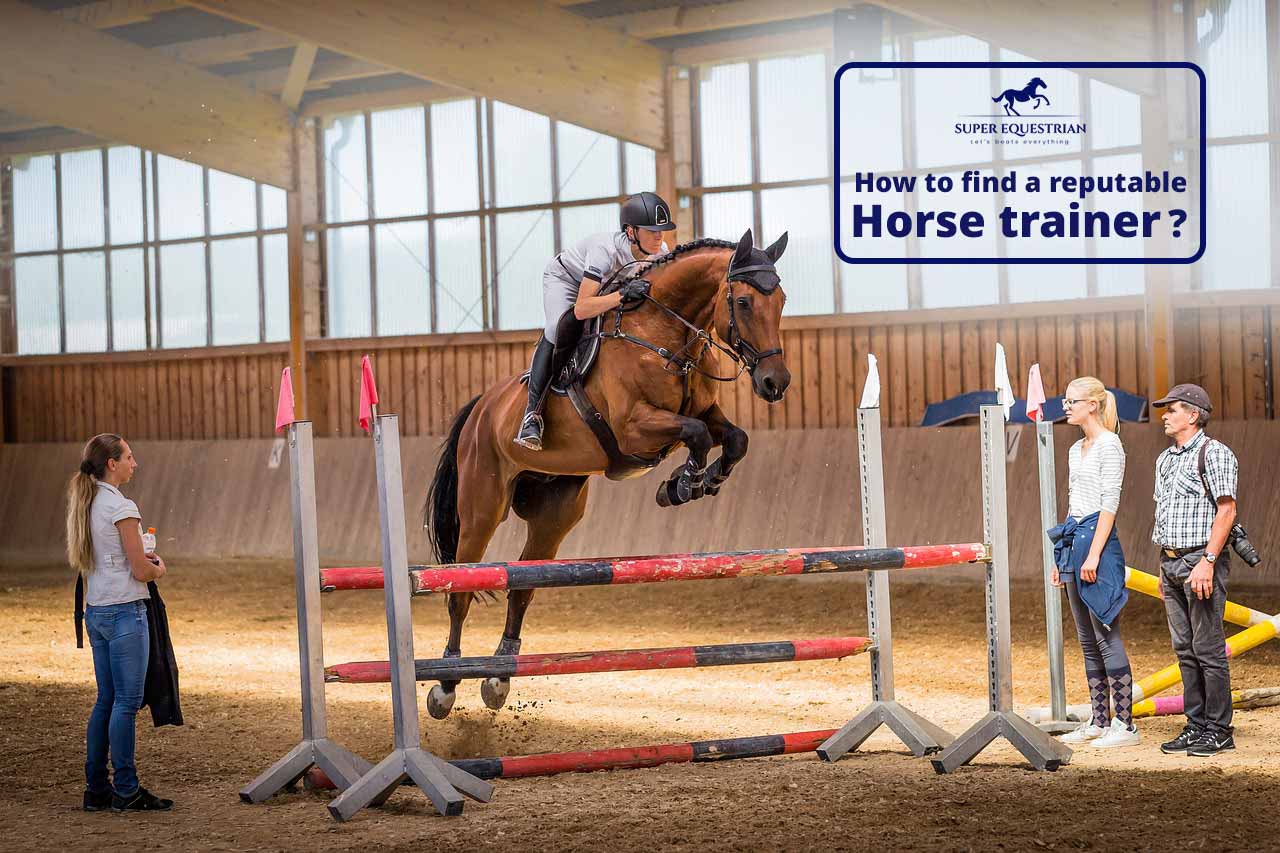
How To Find A Reputable ...
.jpg)
Do Horses Get Medals at ...

How to create a horse-...